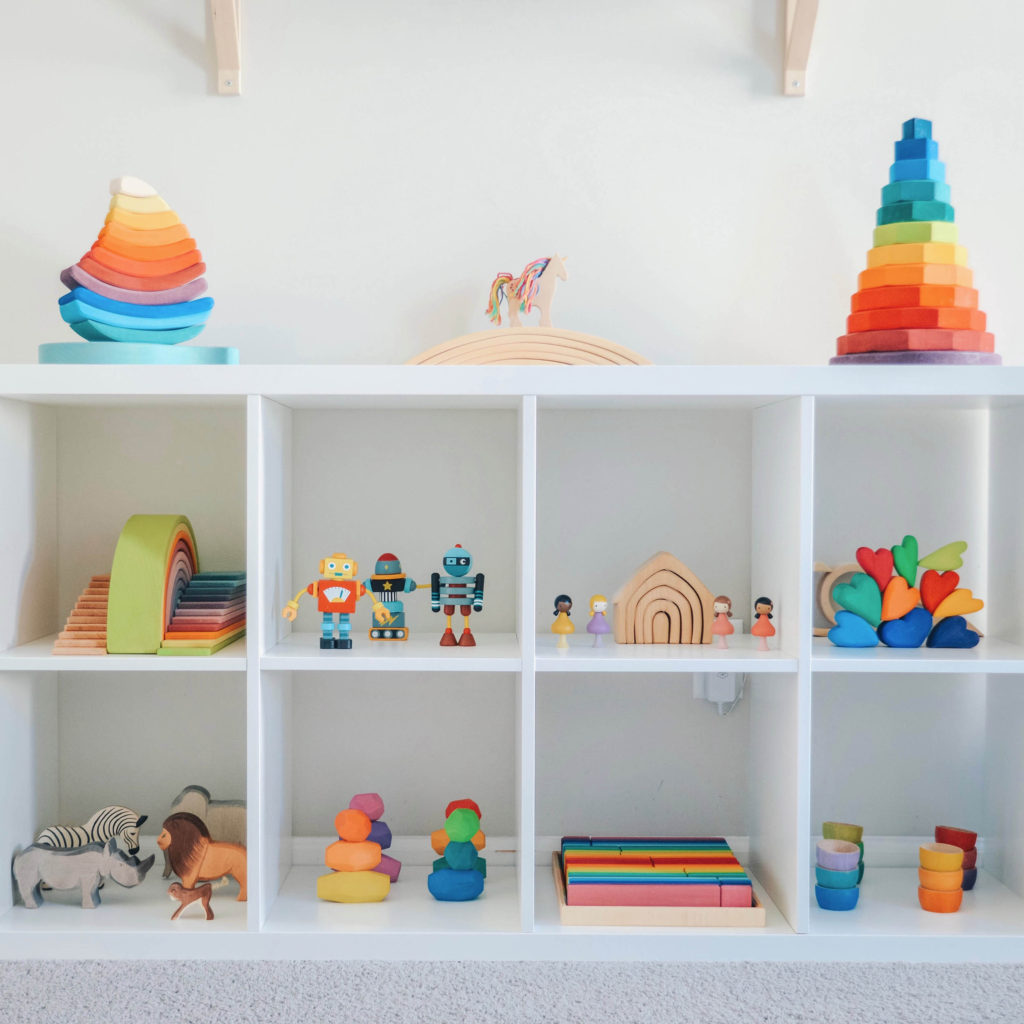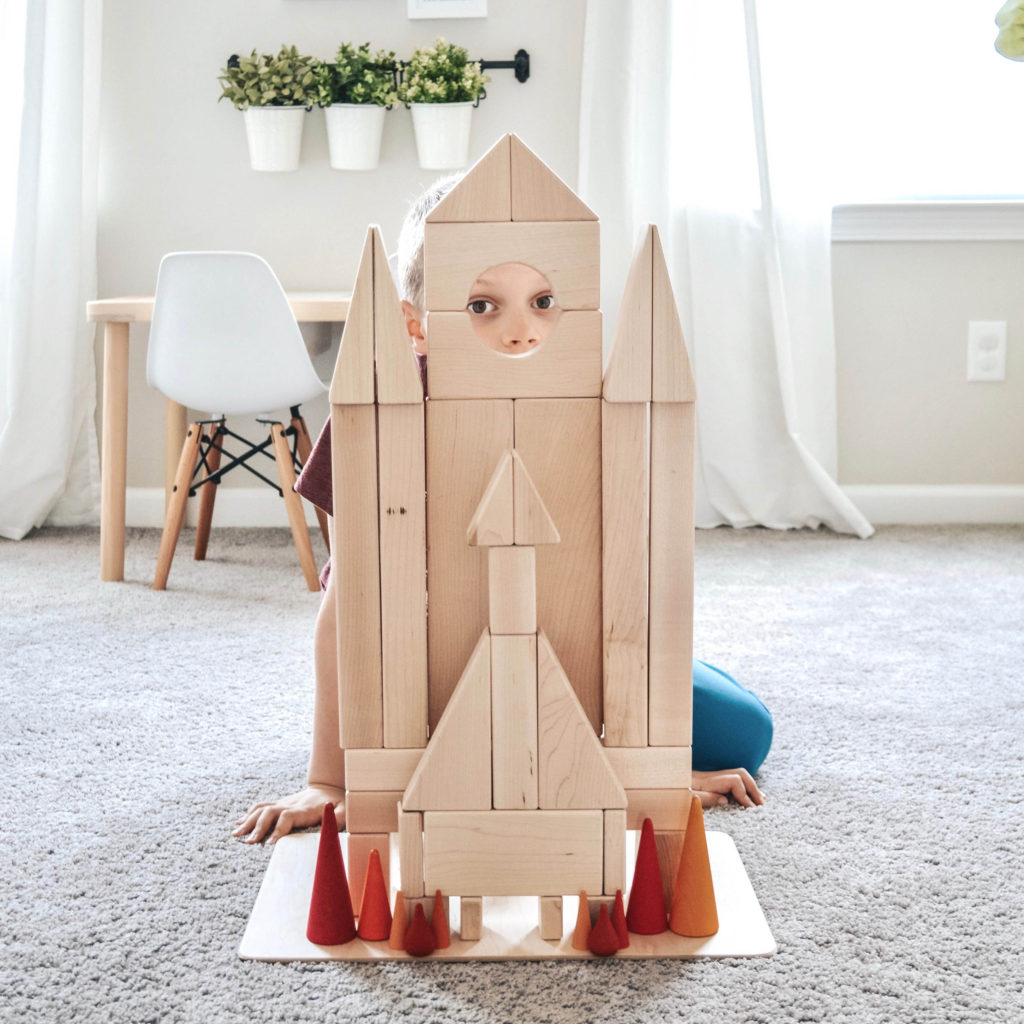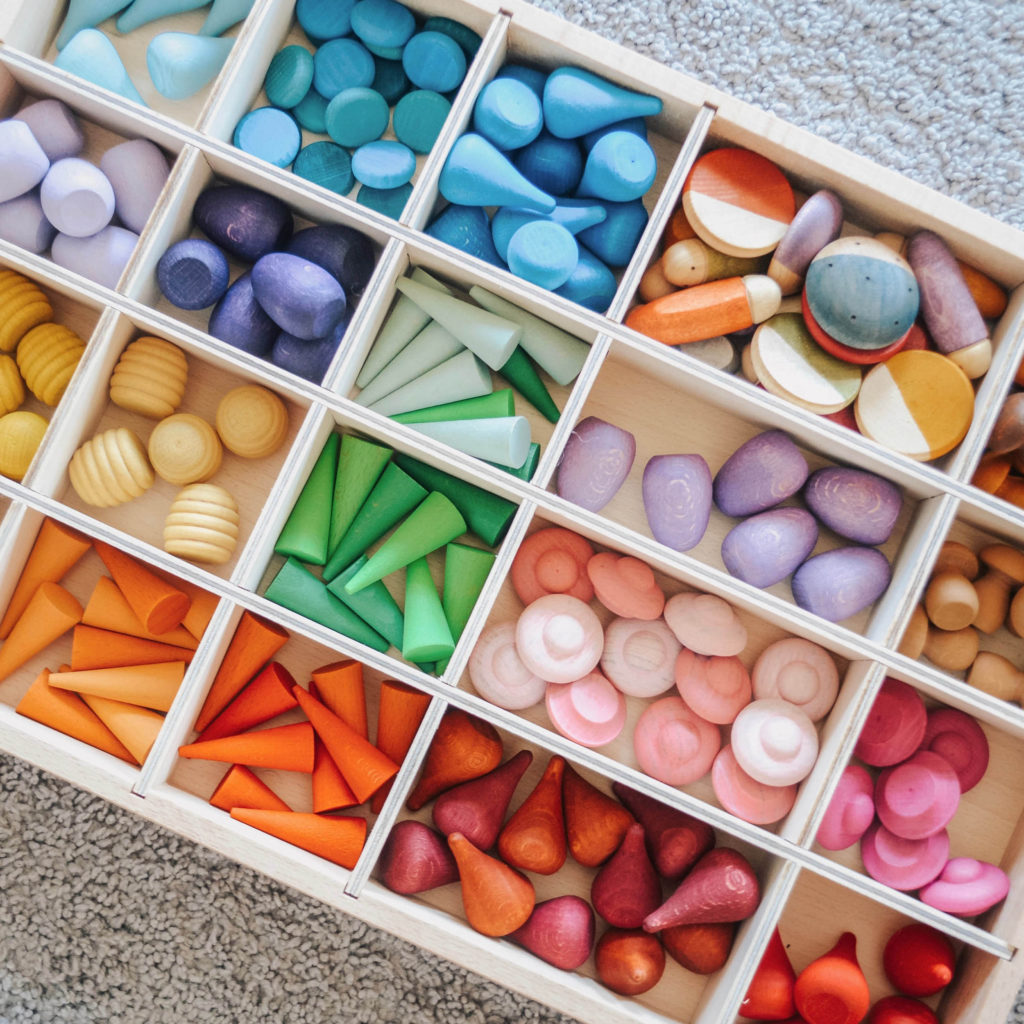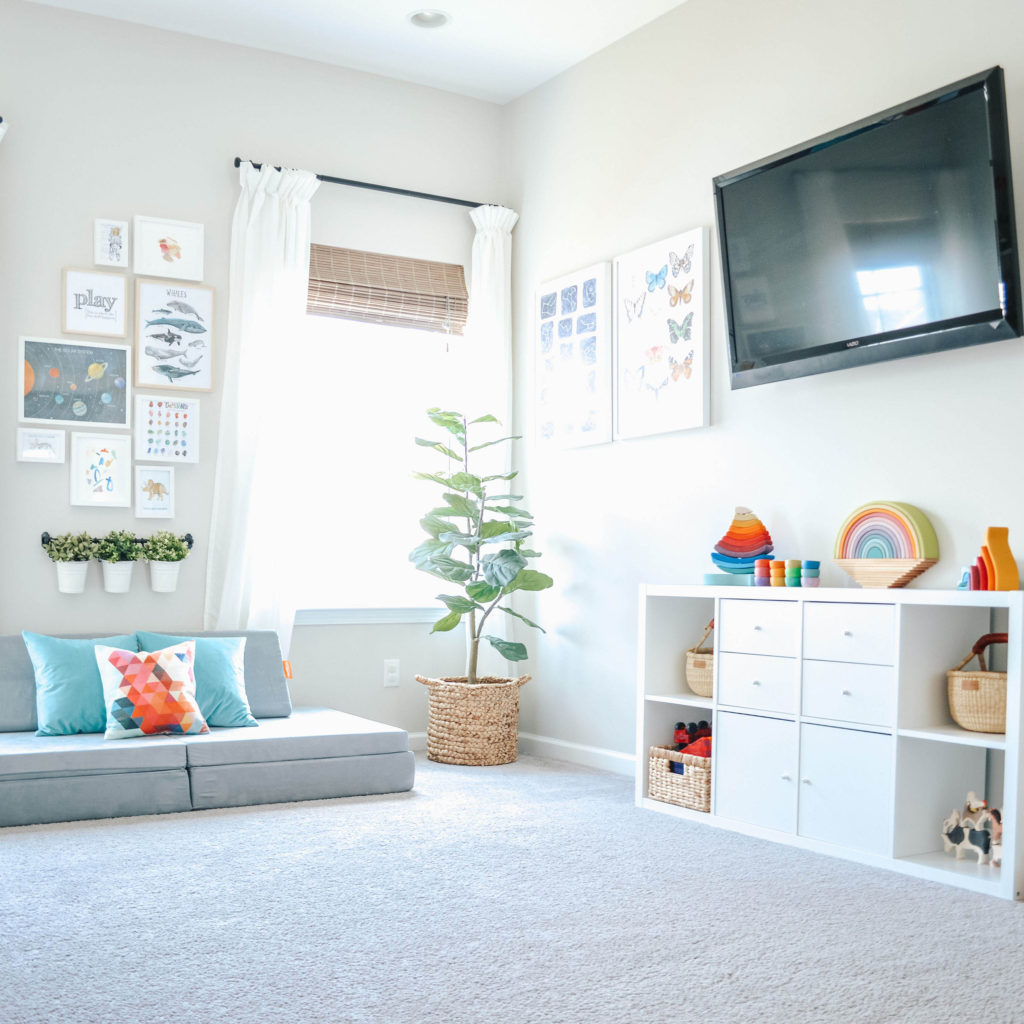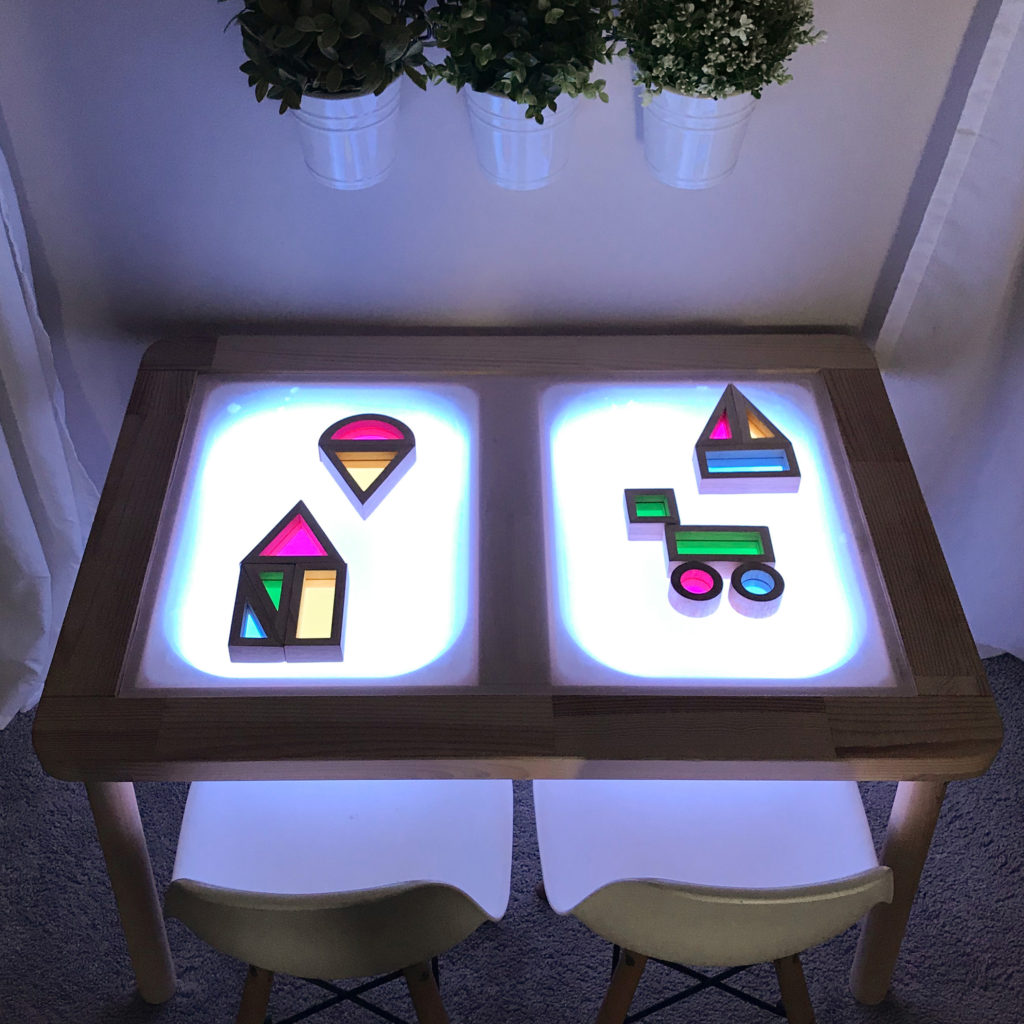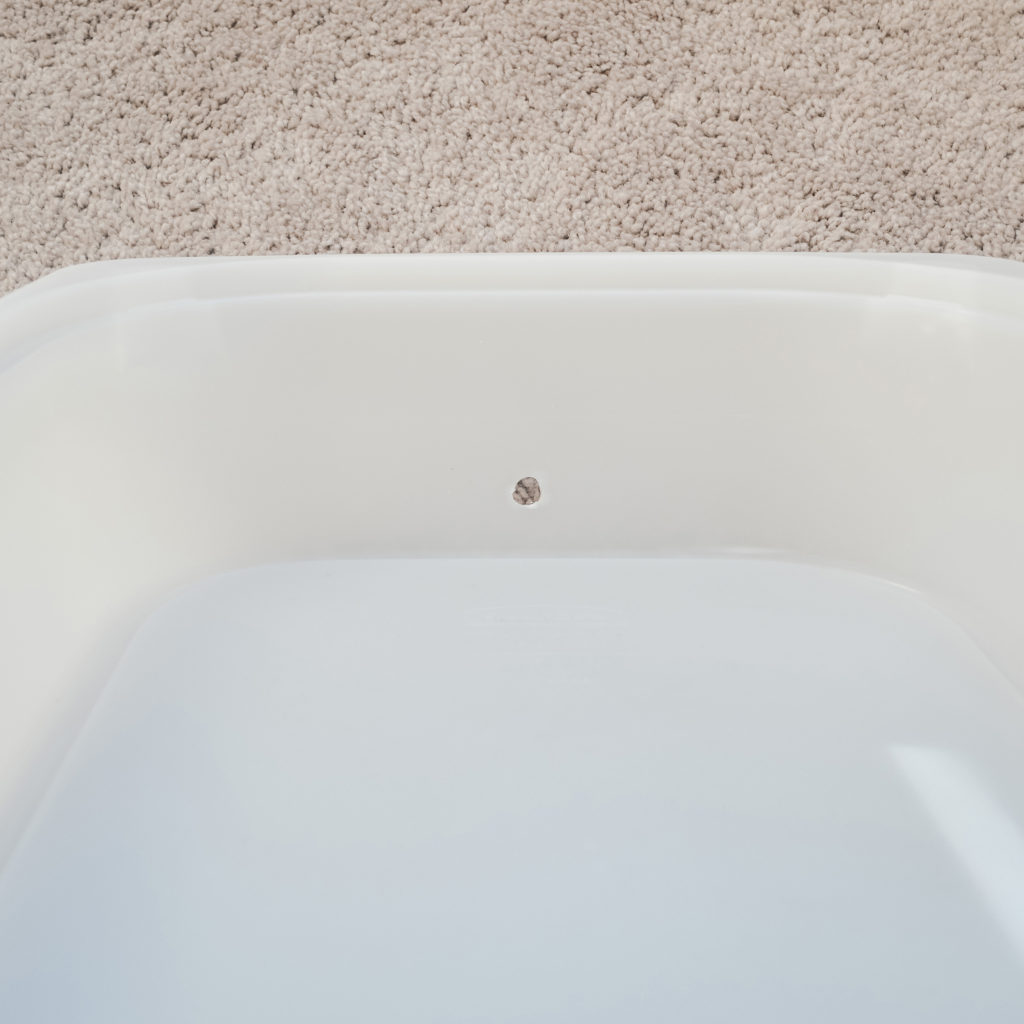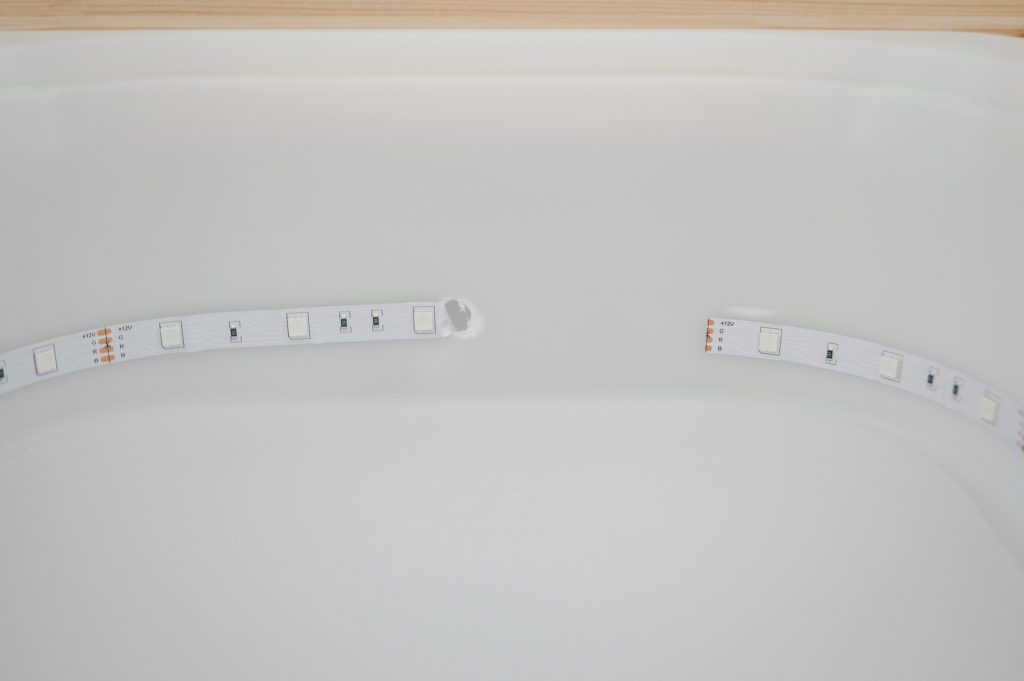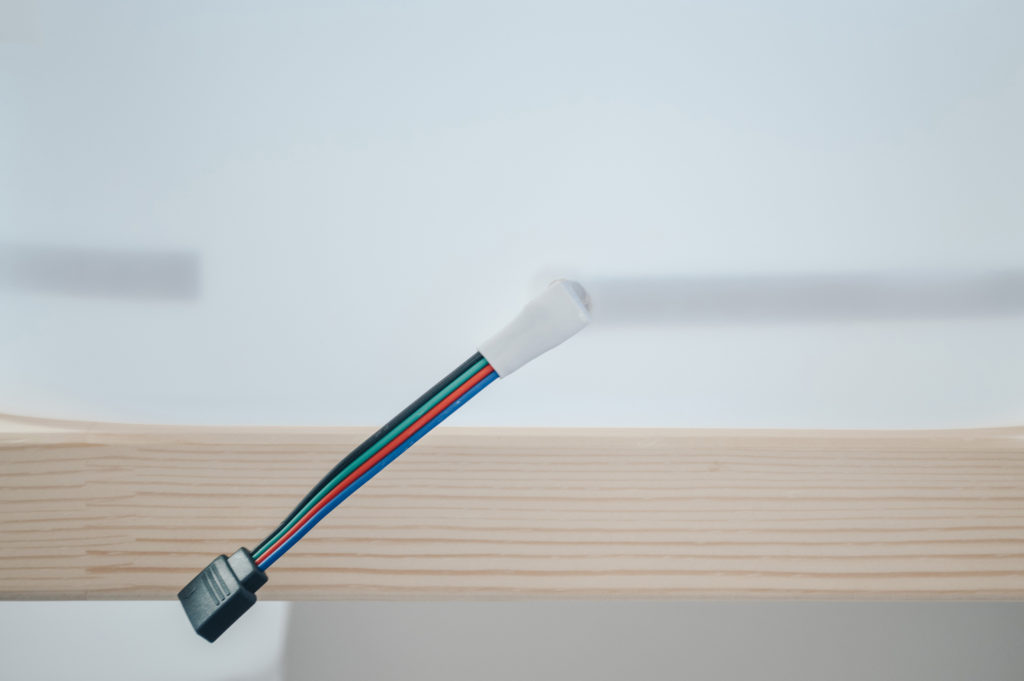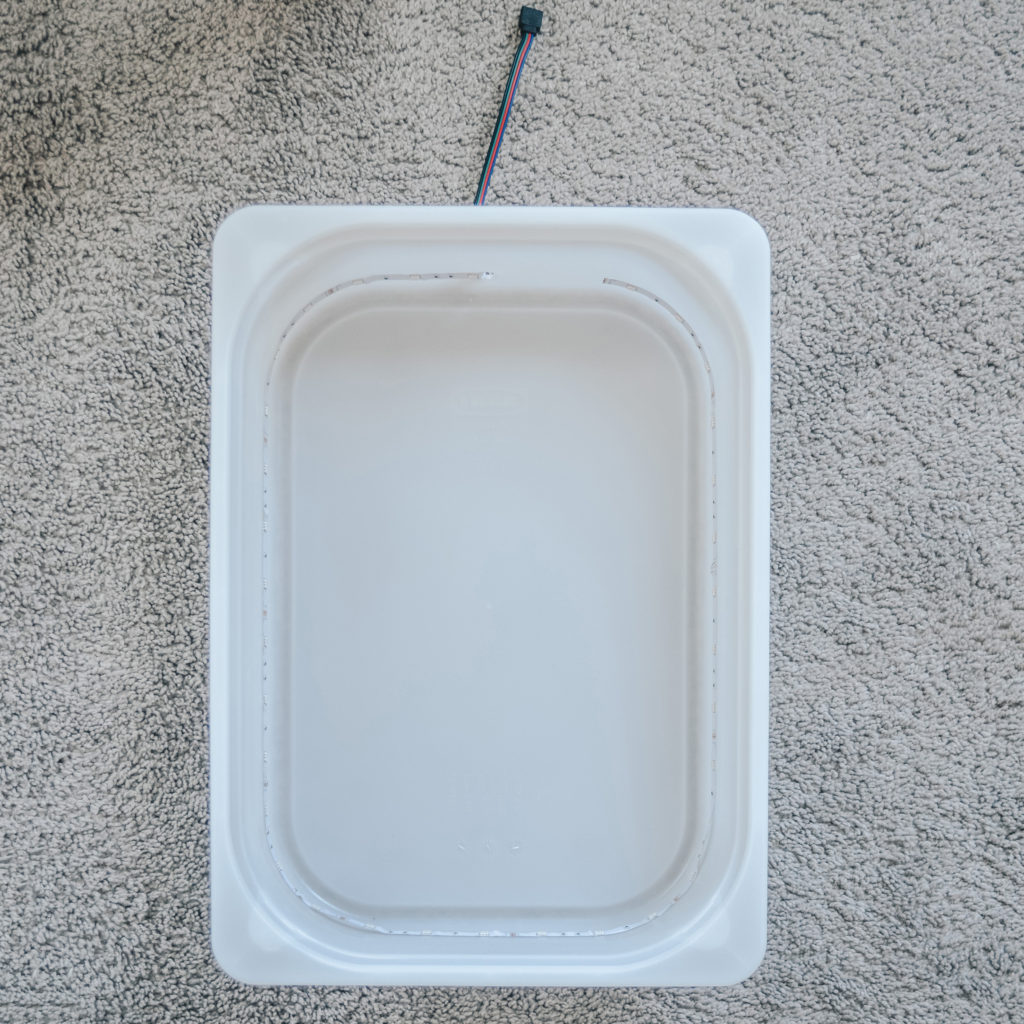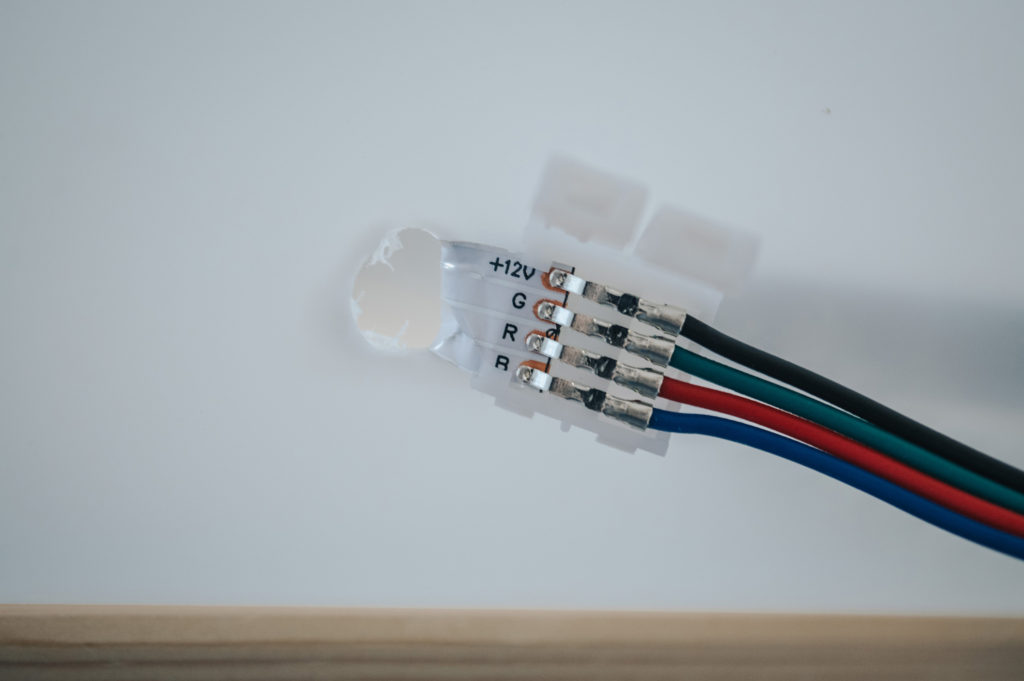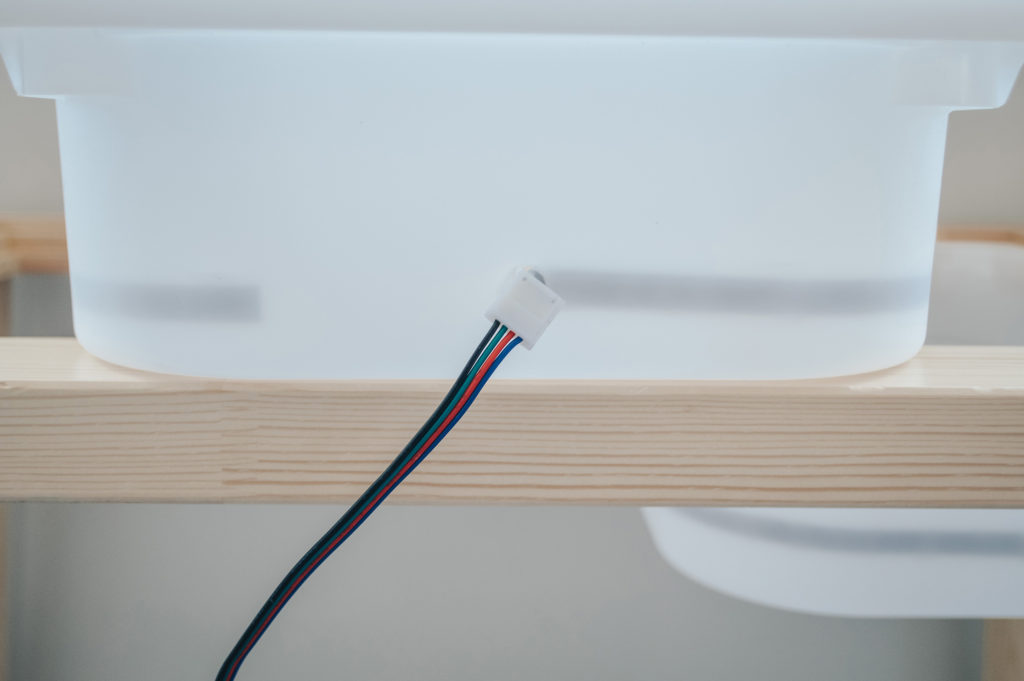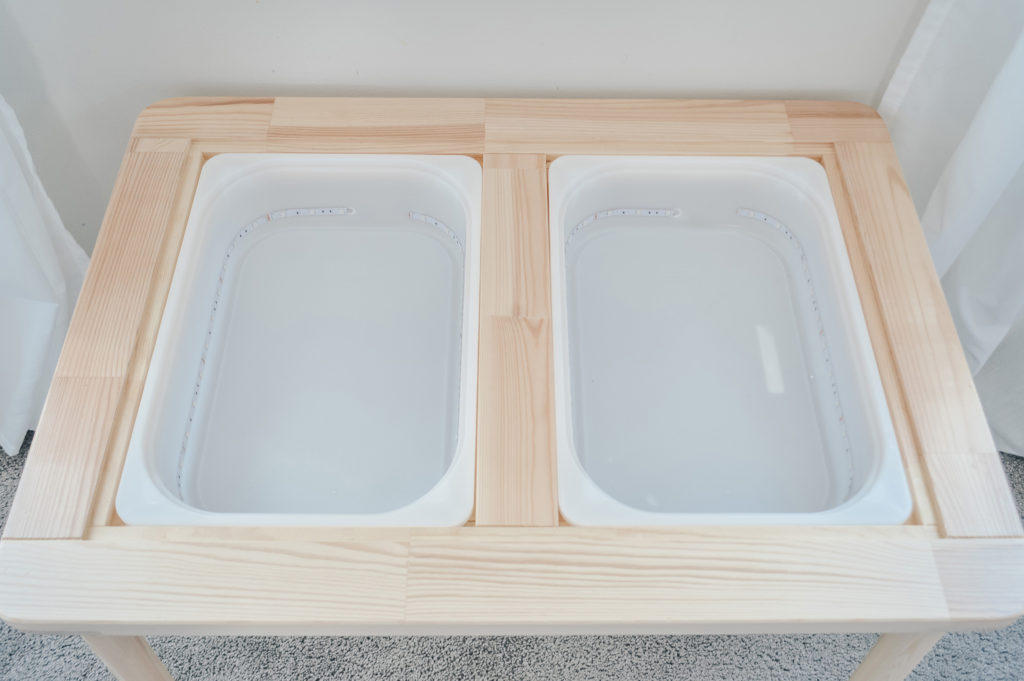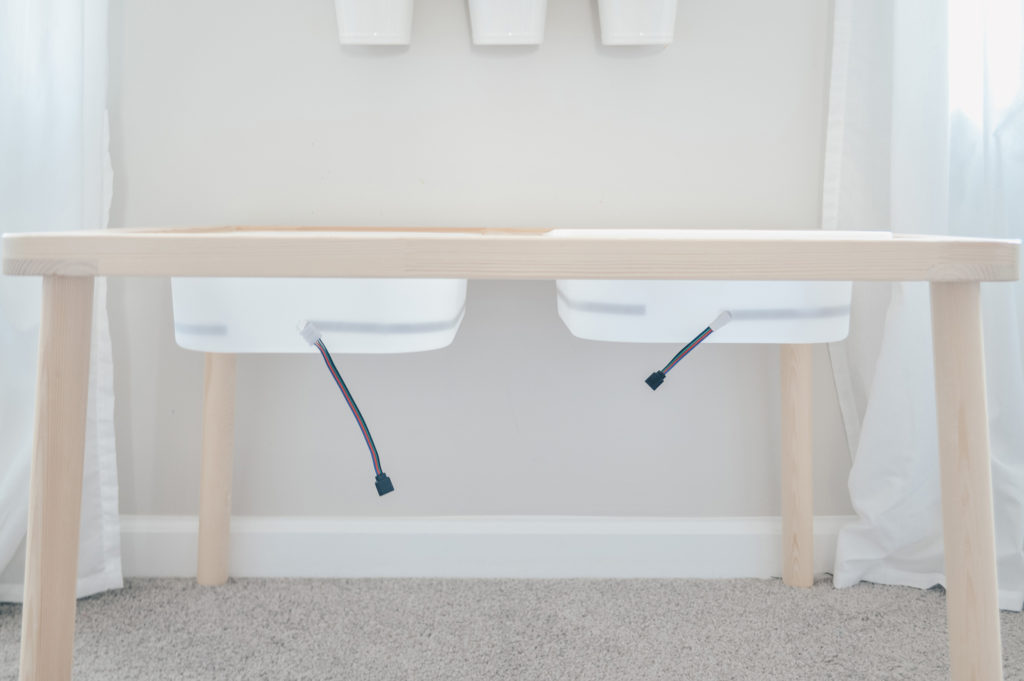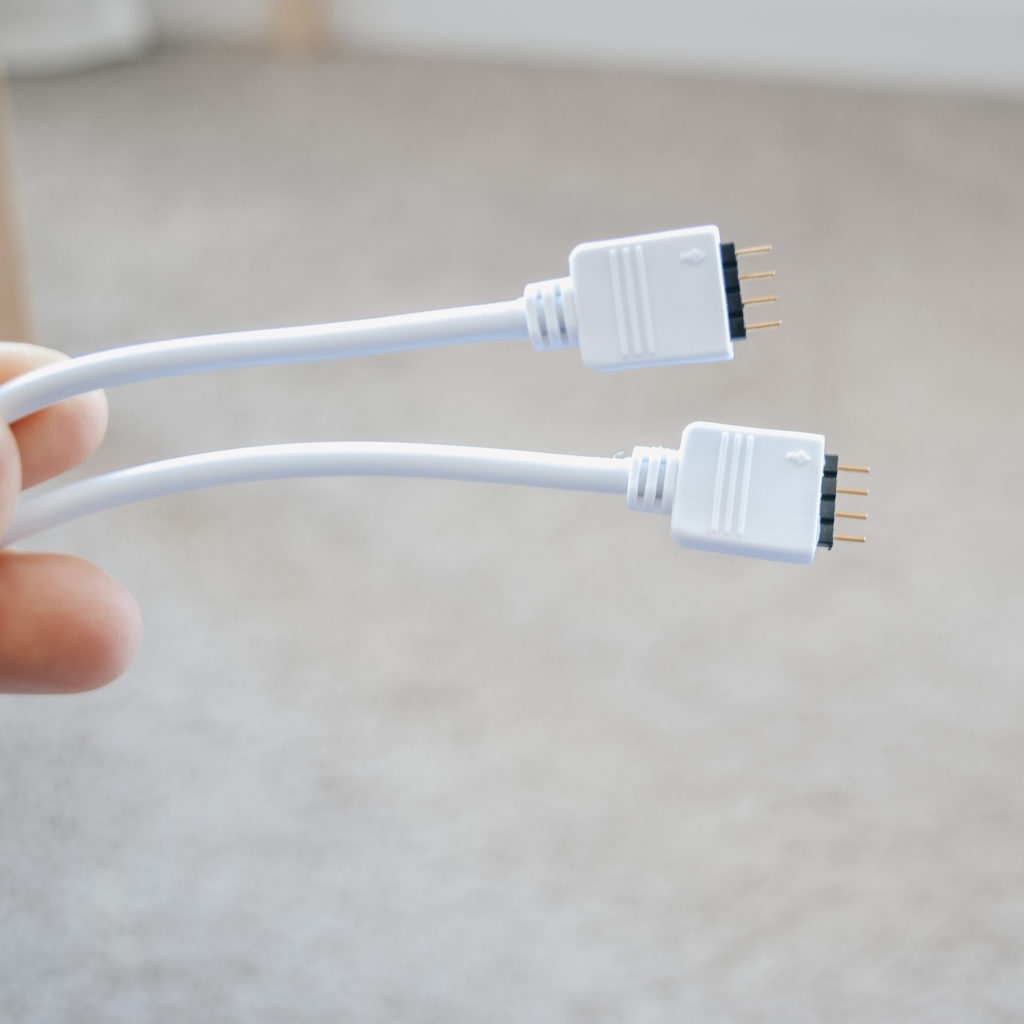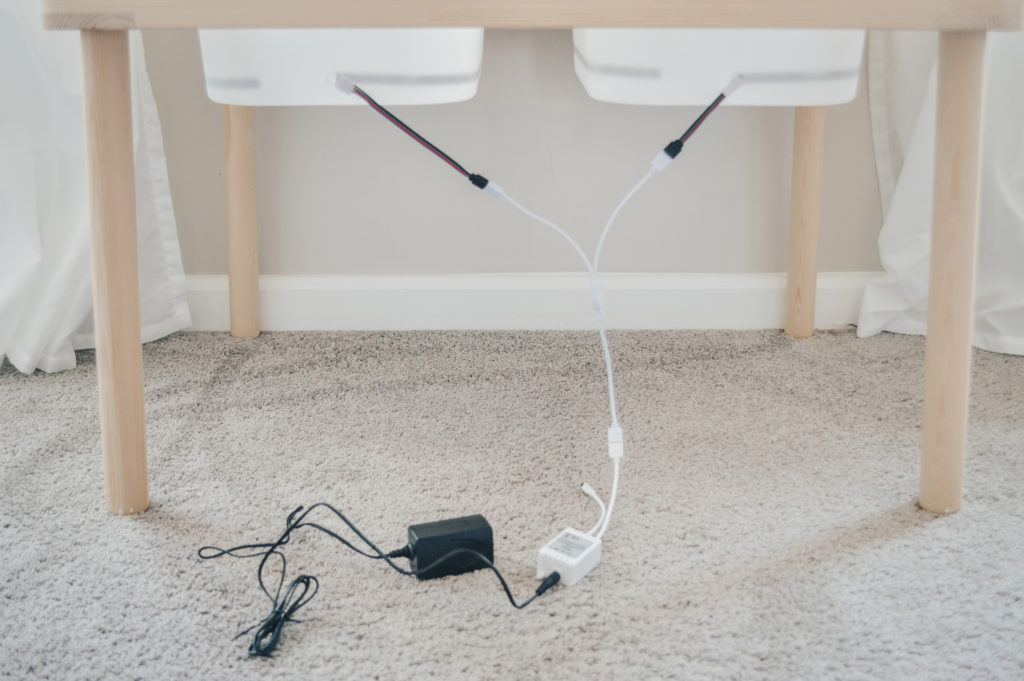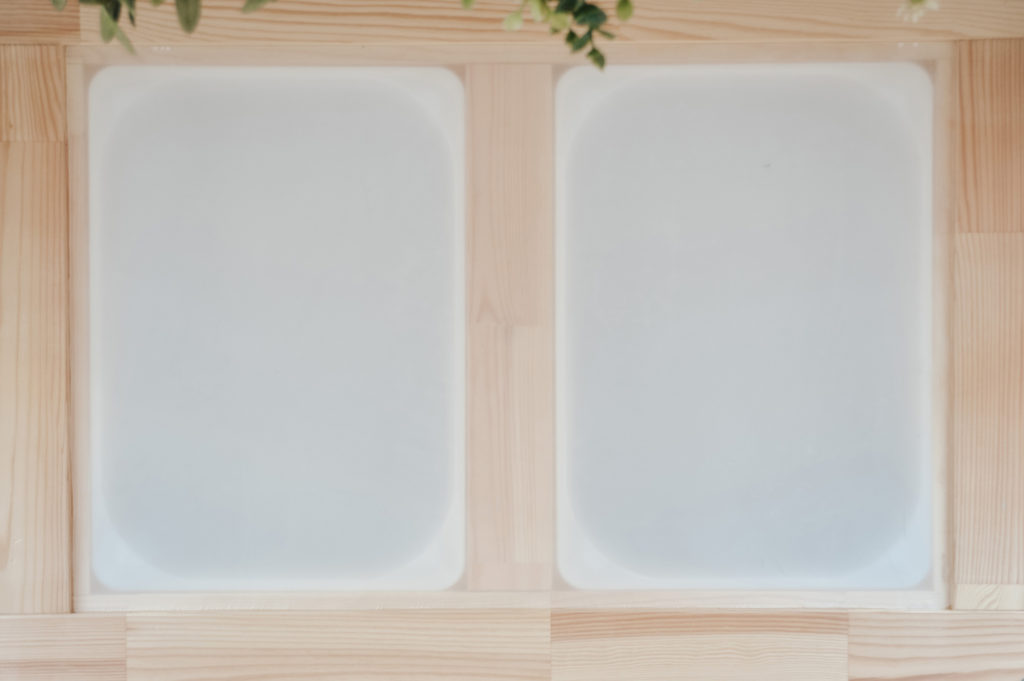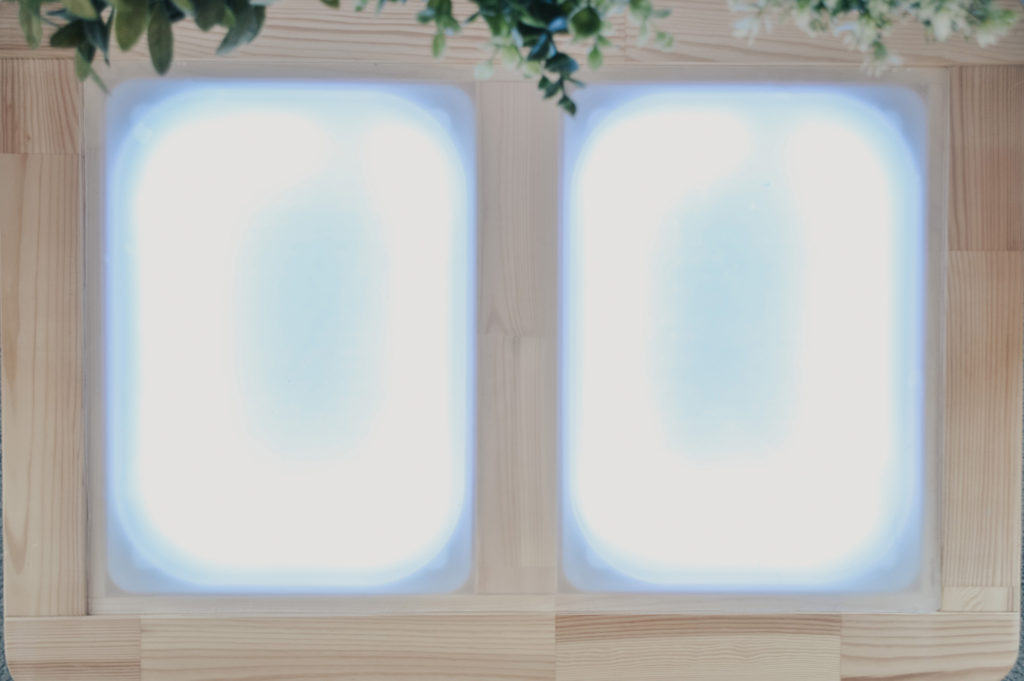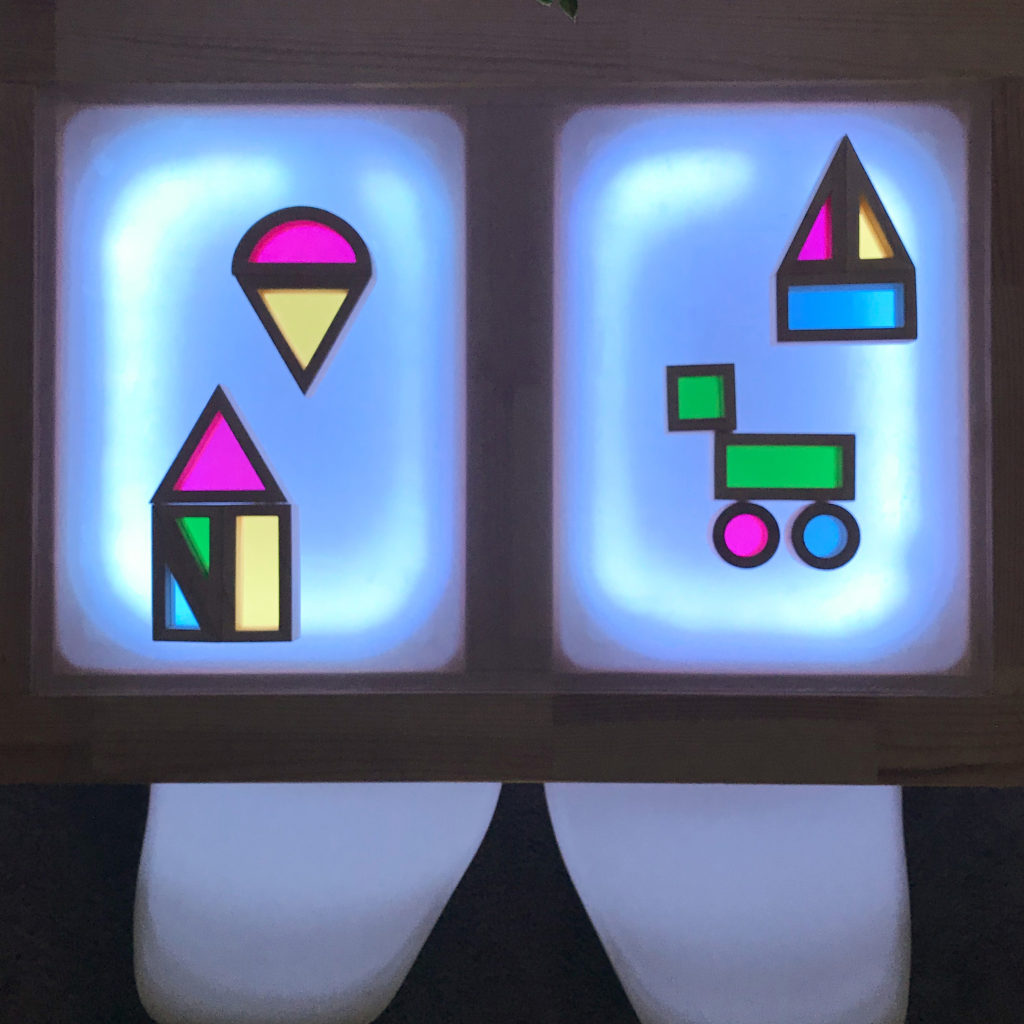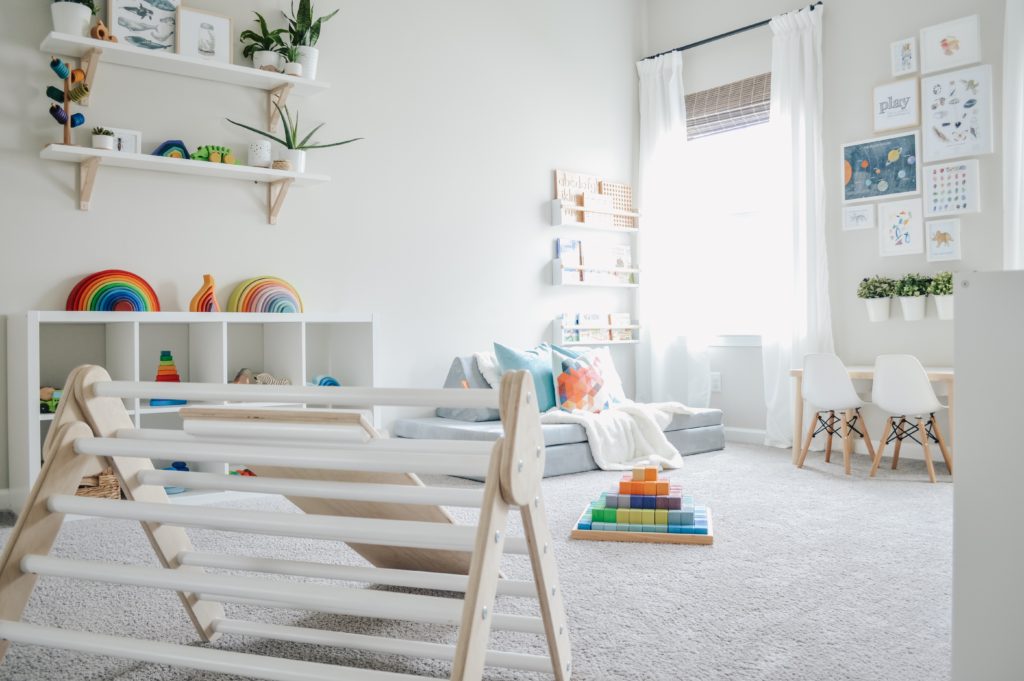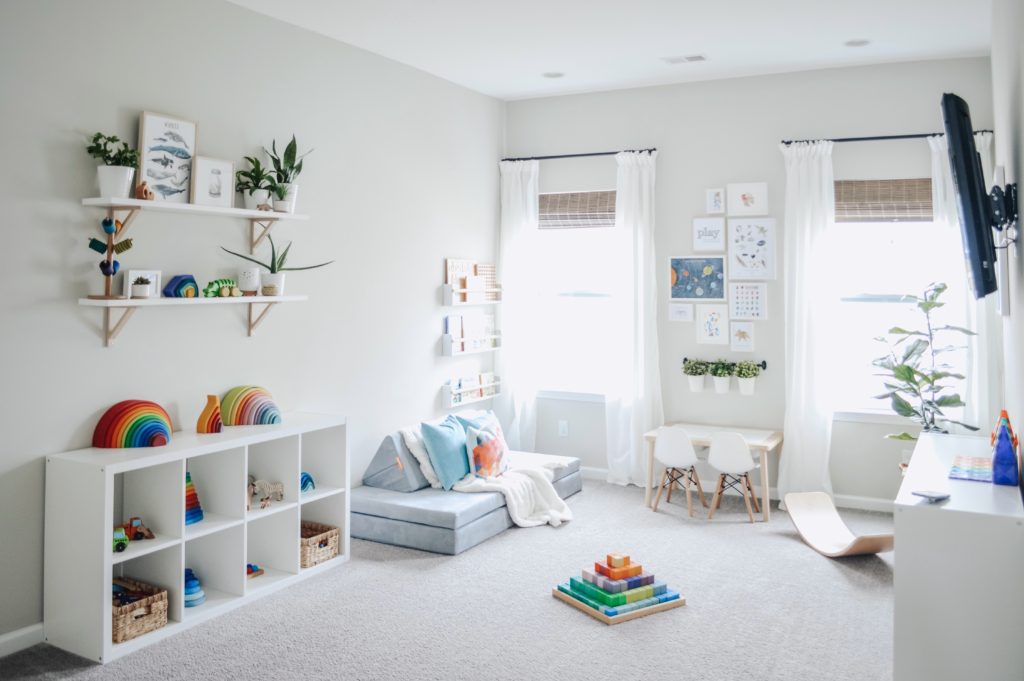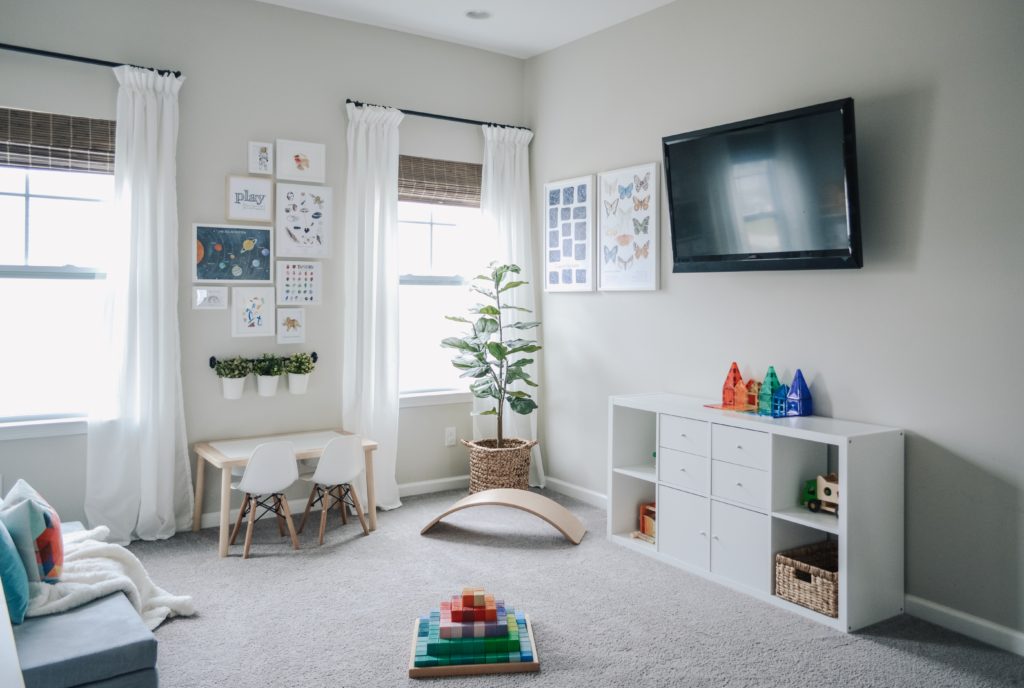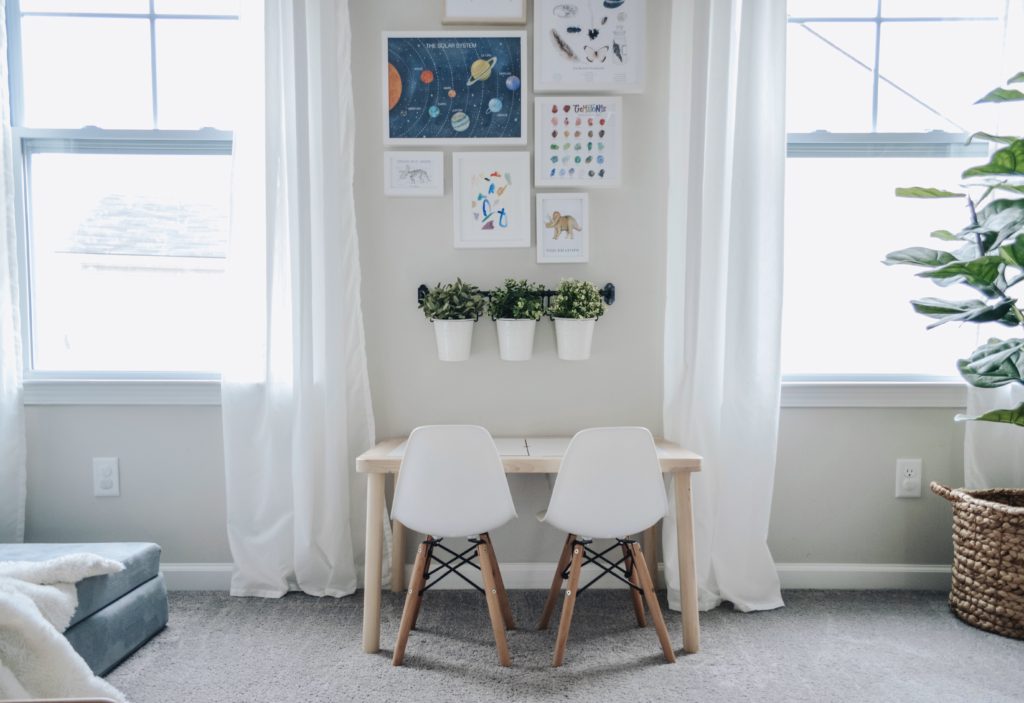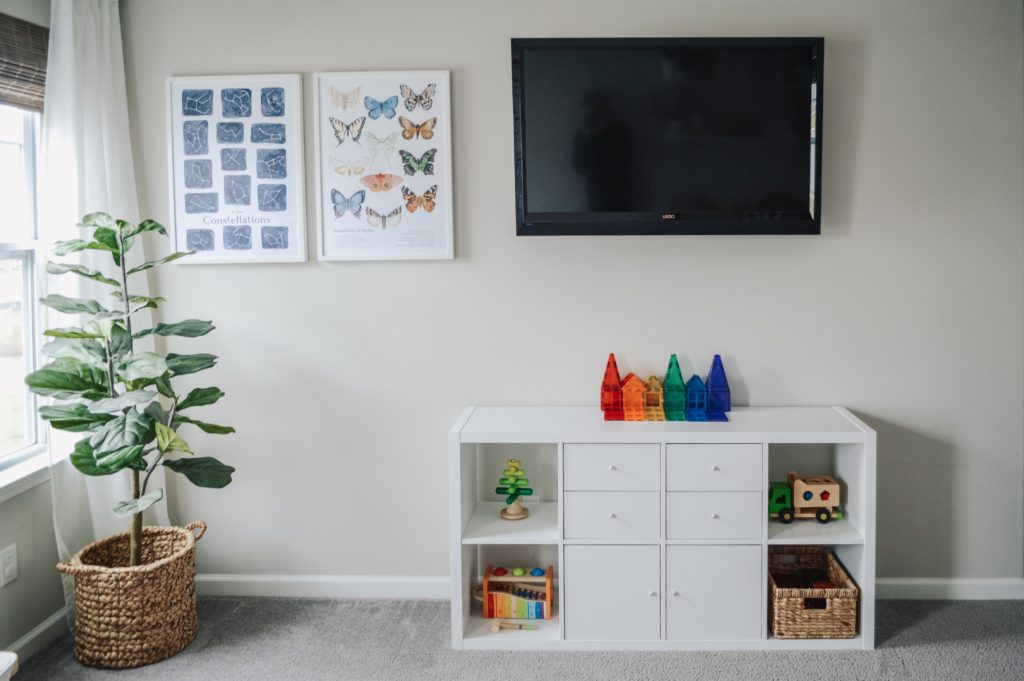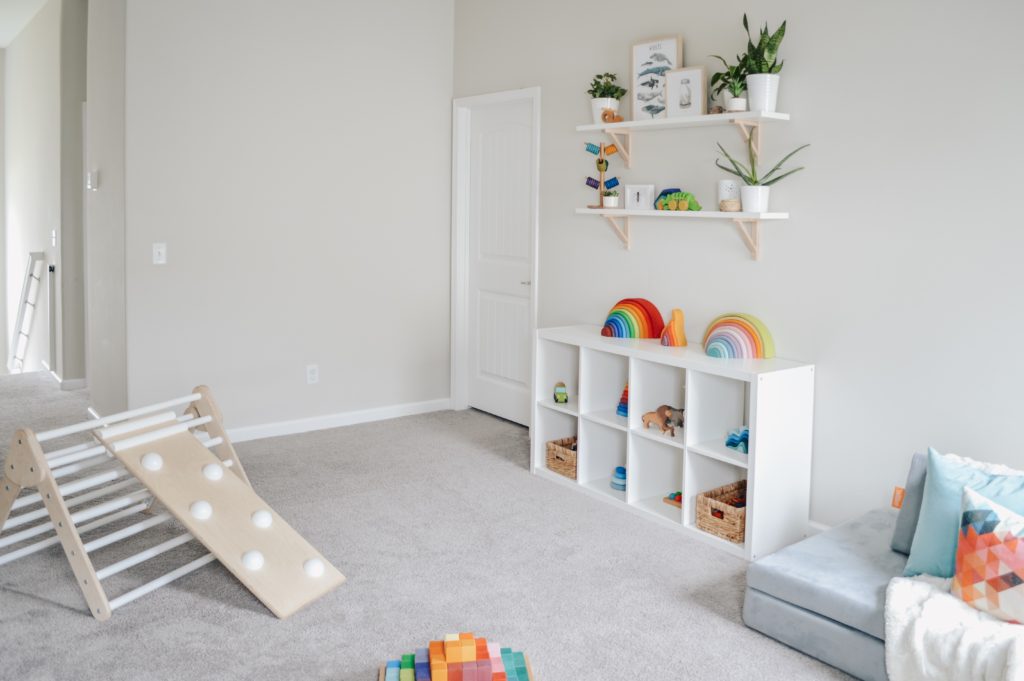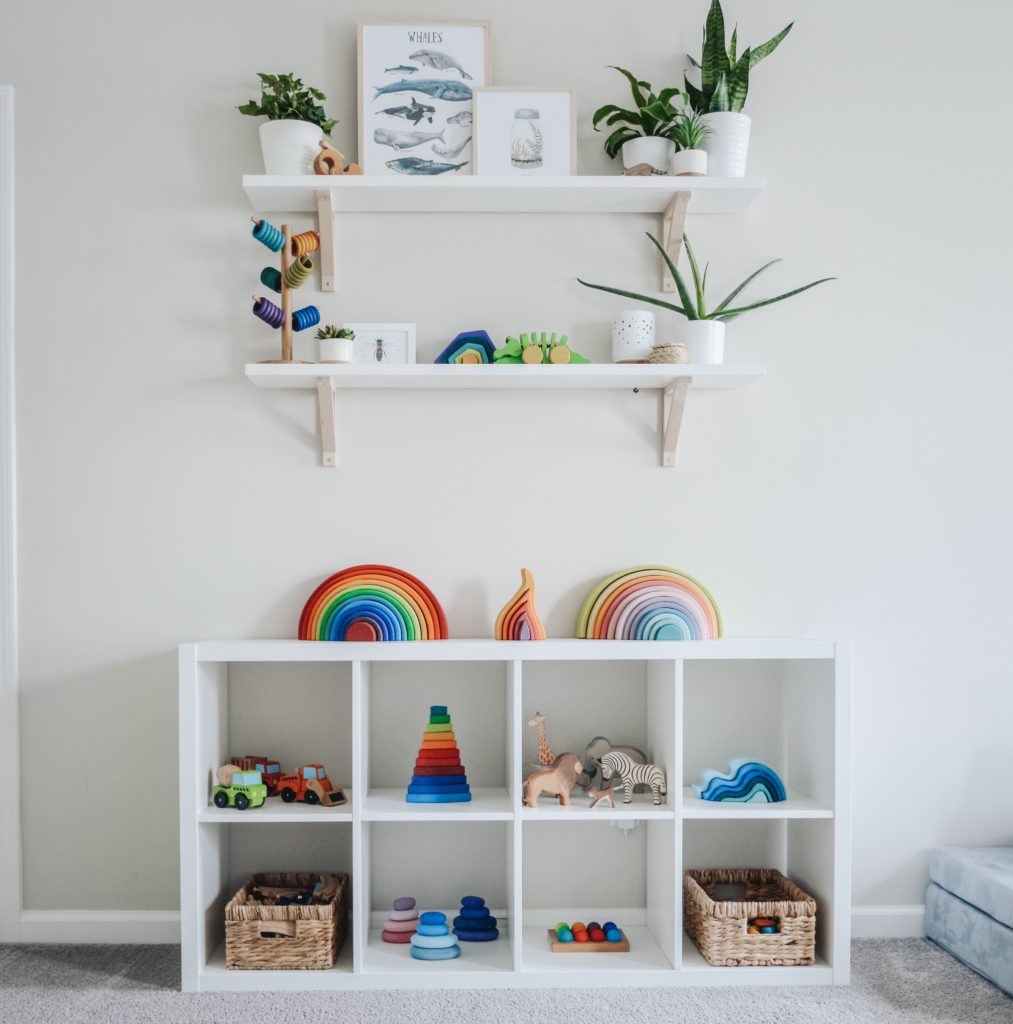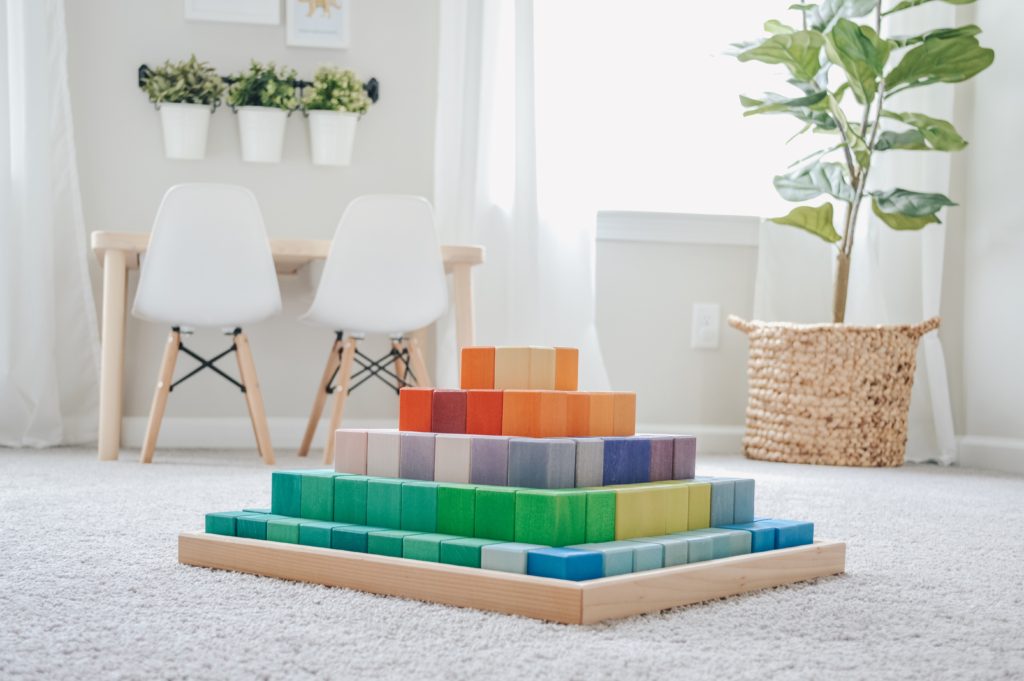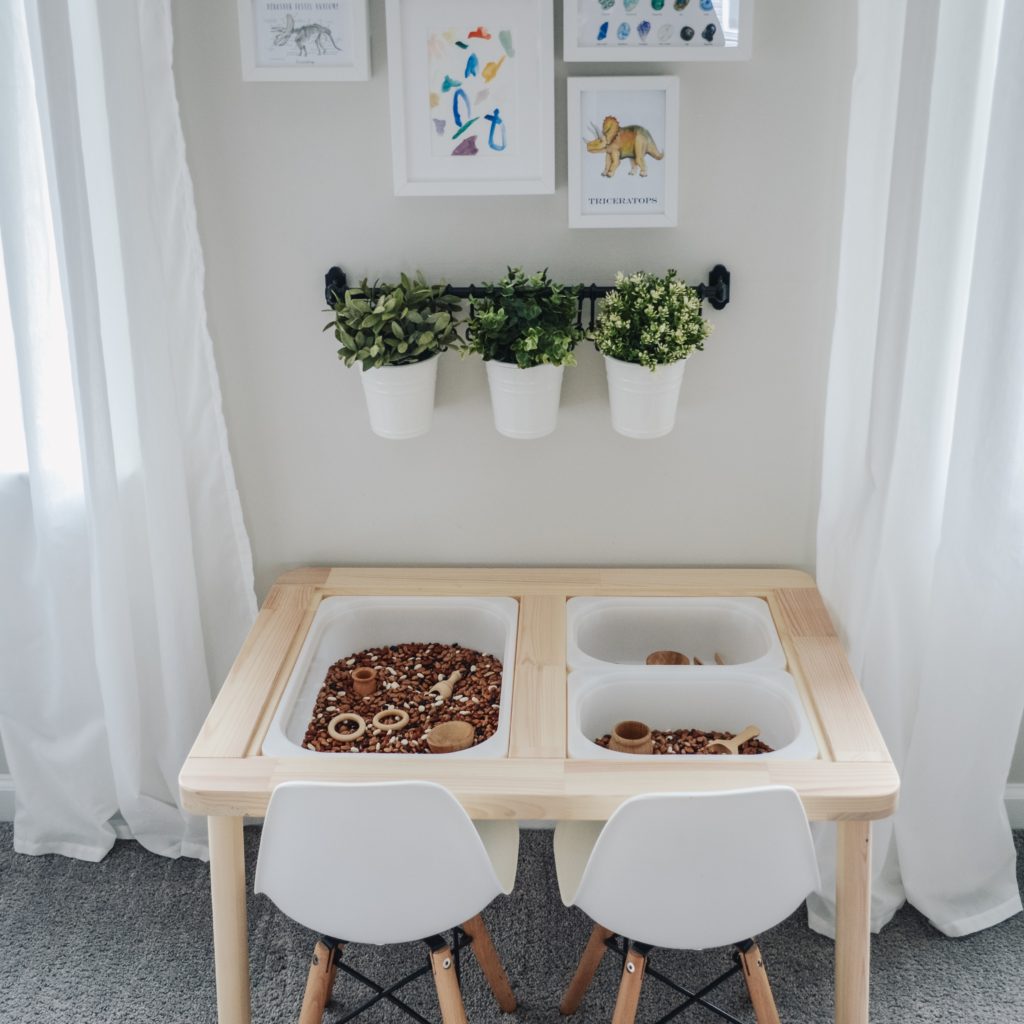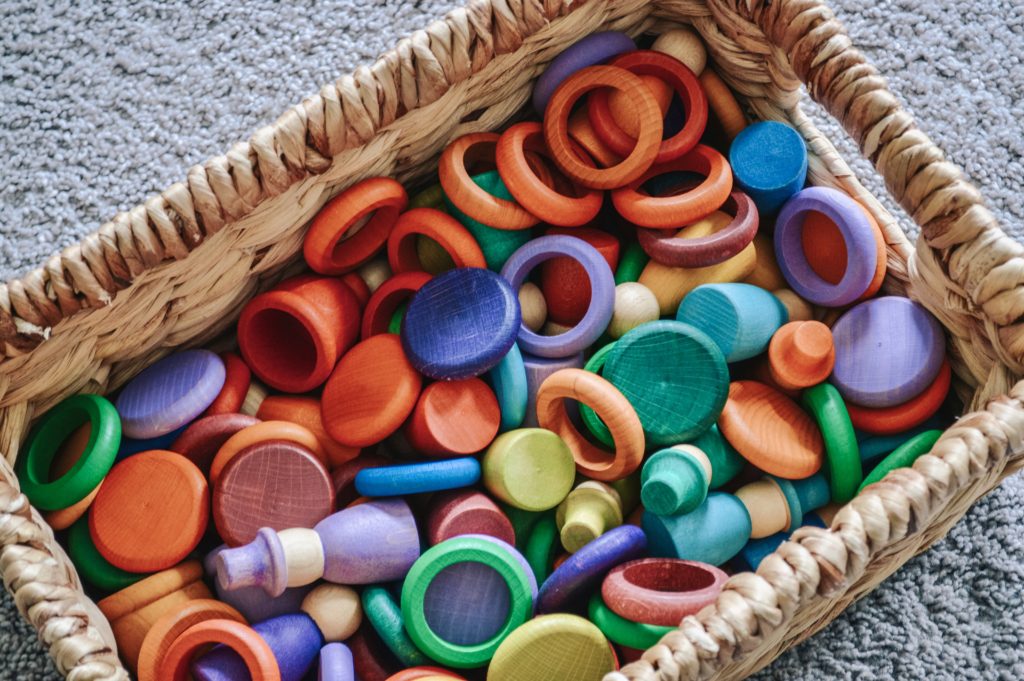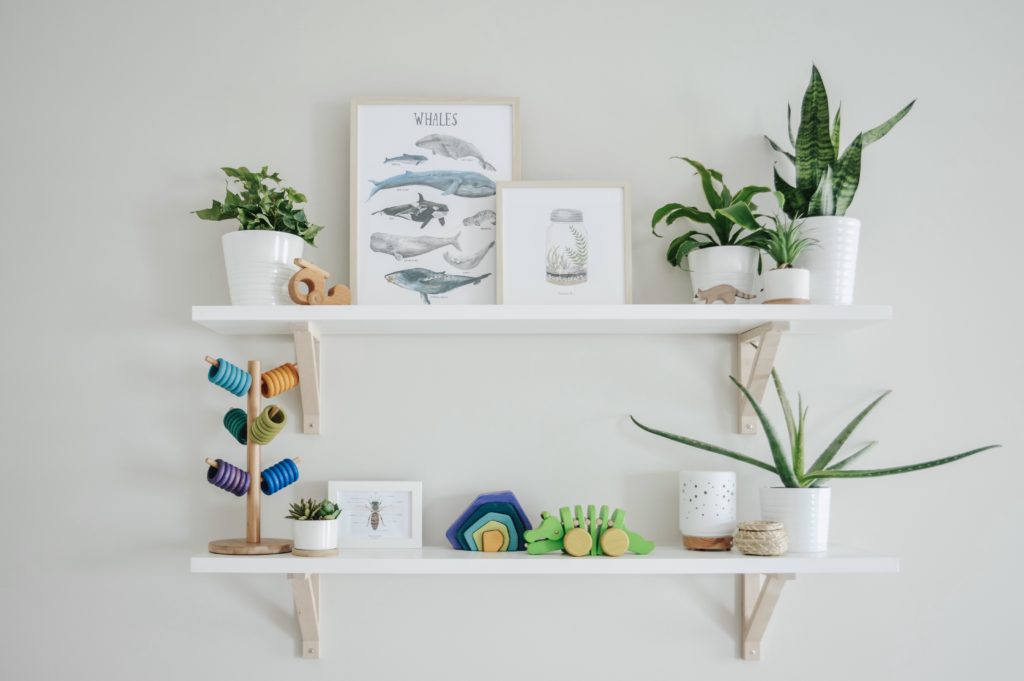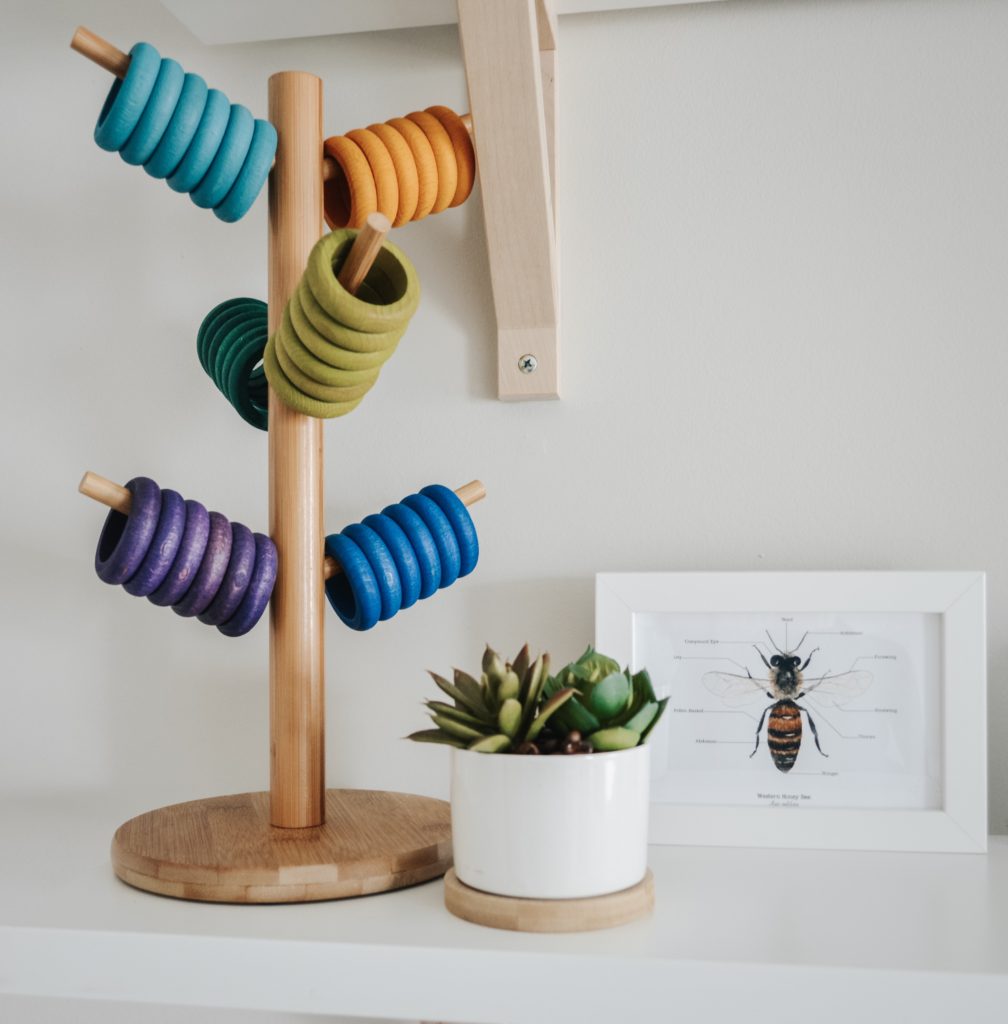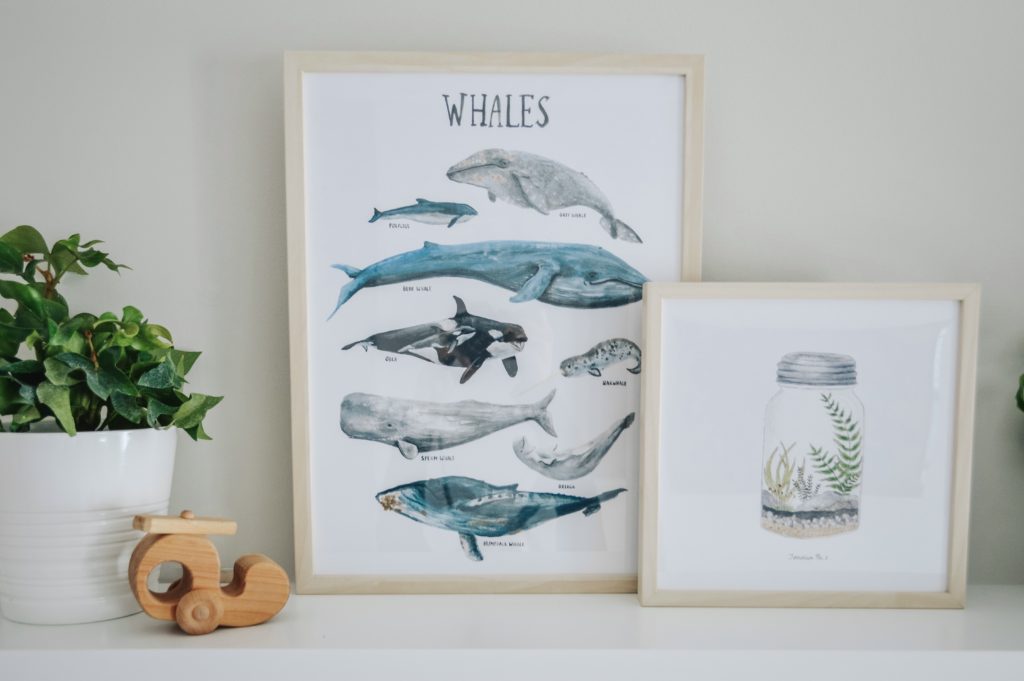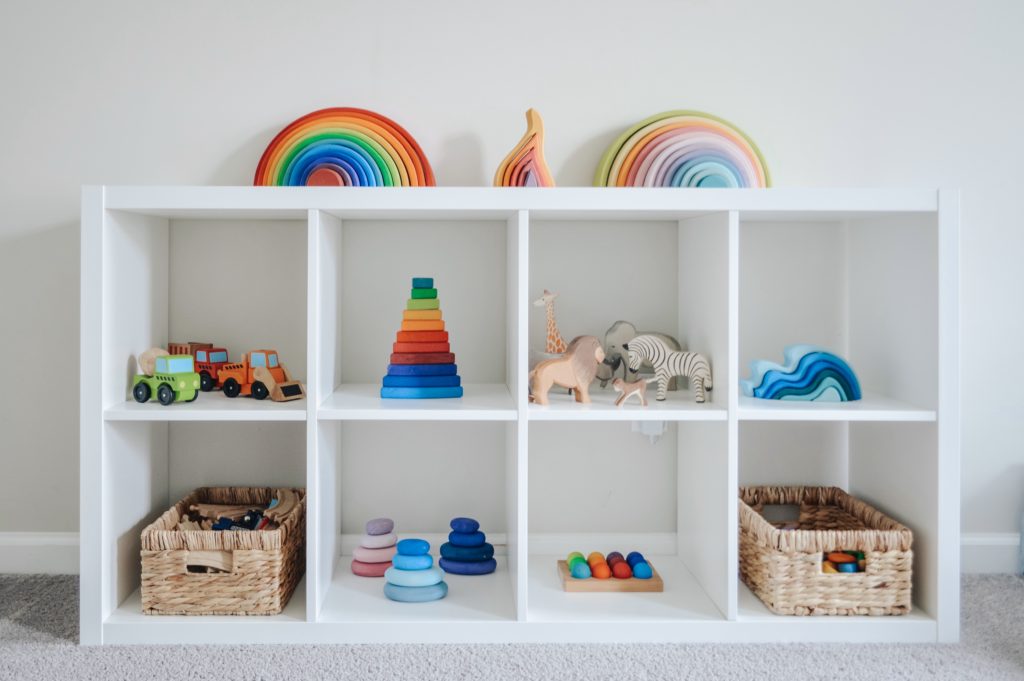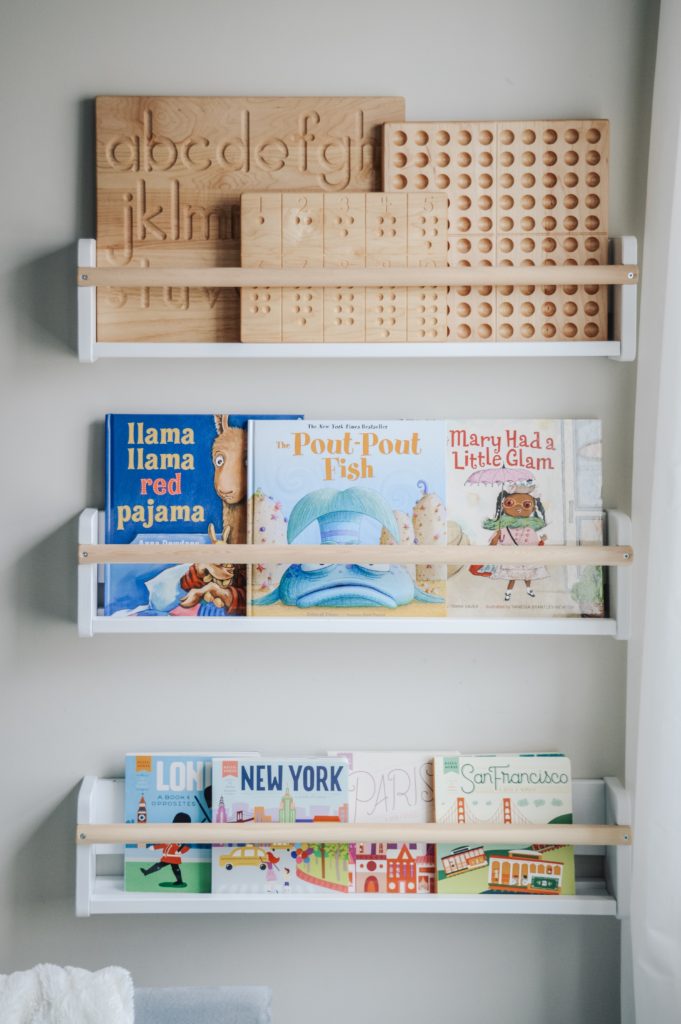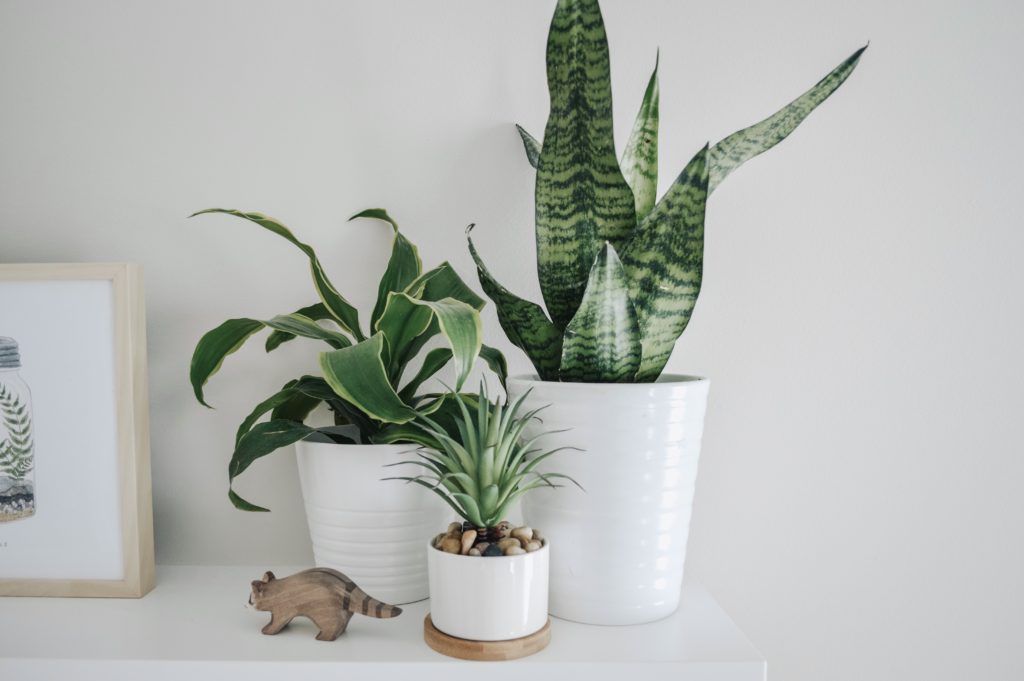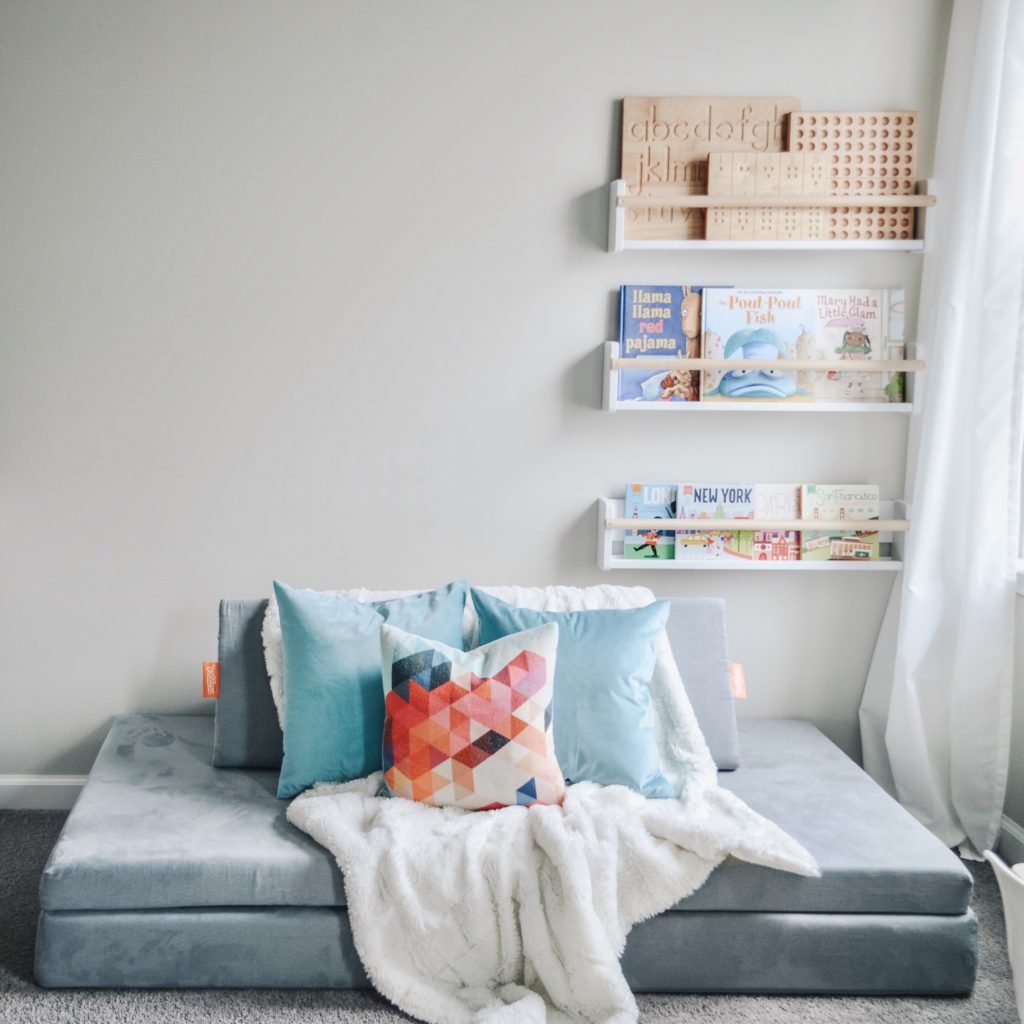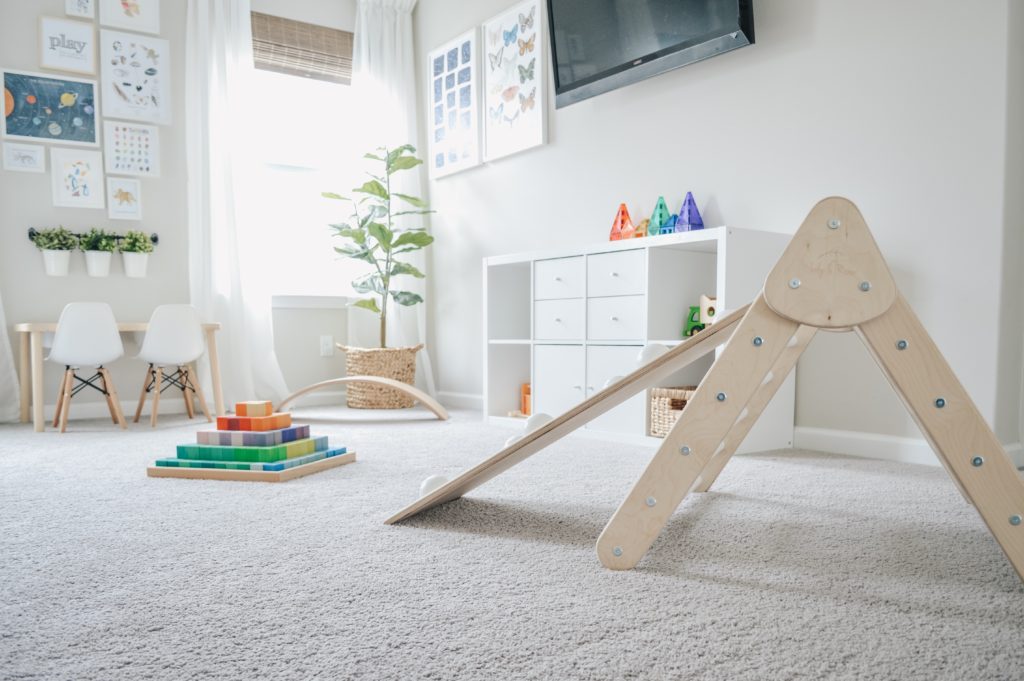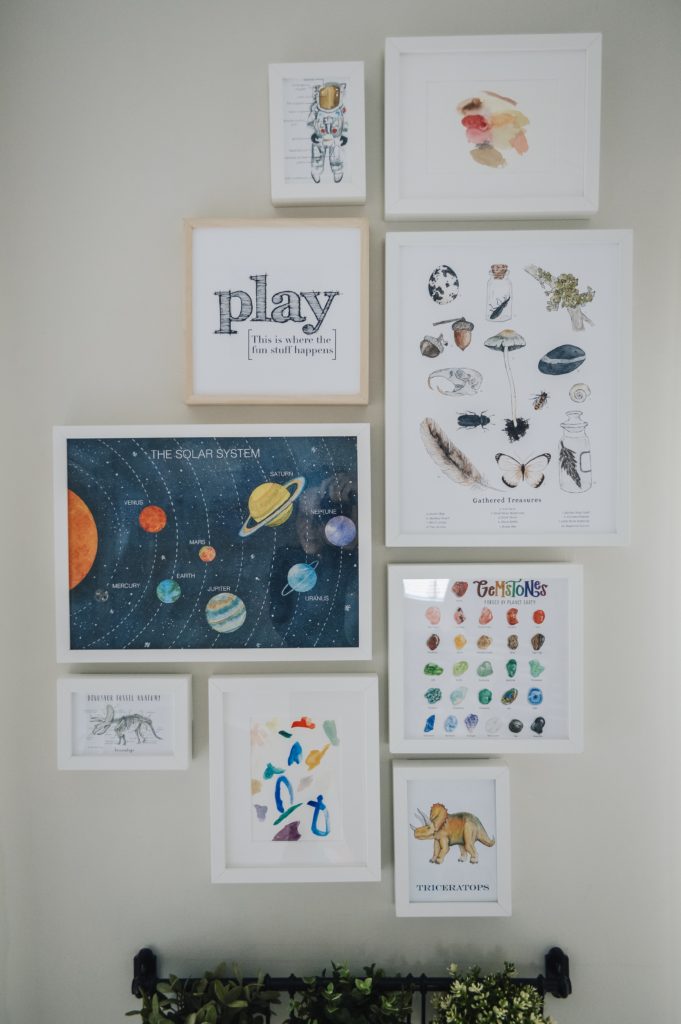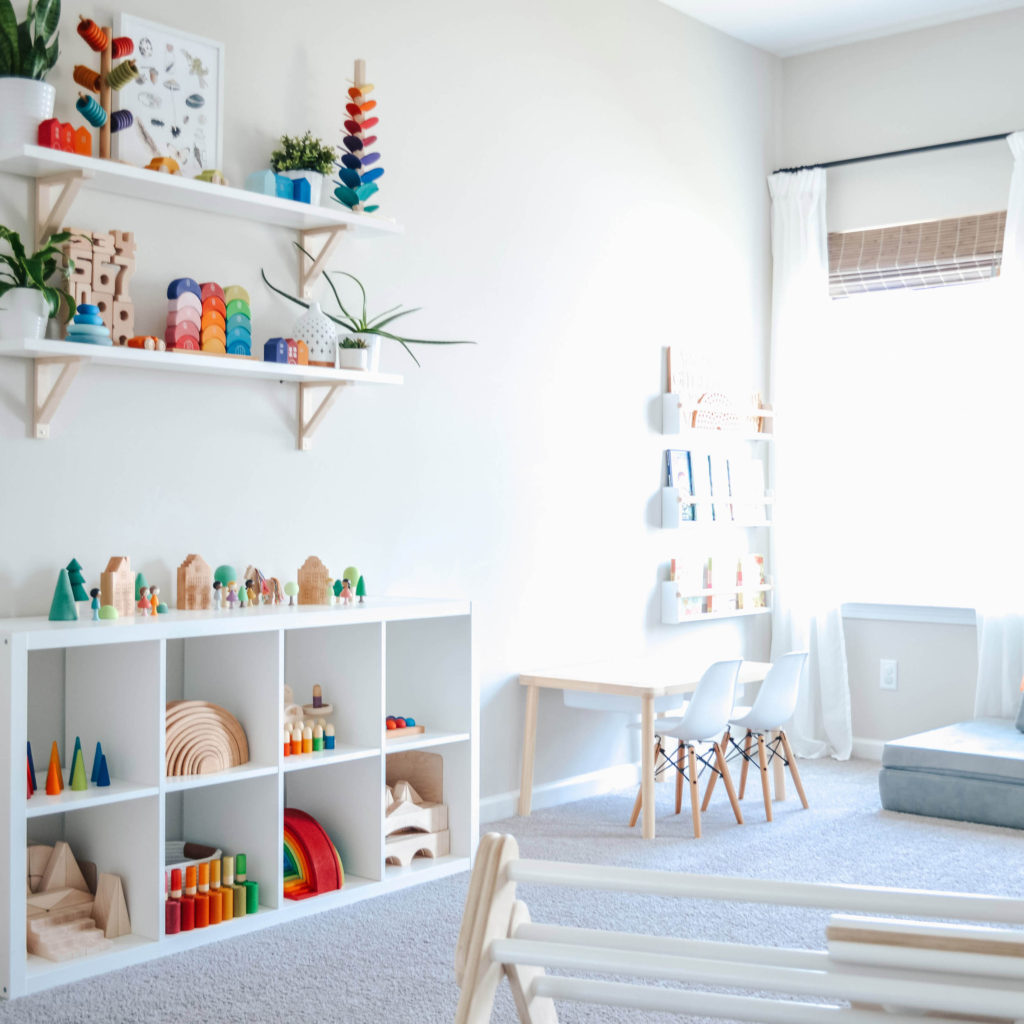
This is a question I’ve been getting asked a lot lately, so I finally sat down and thought about actionable steps that you can take with your family to make the transition; because sometimes “just do it” is super vague and overwhelming.
PURGE
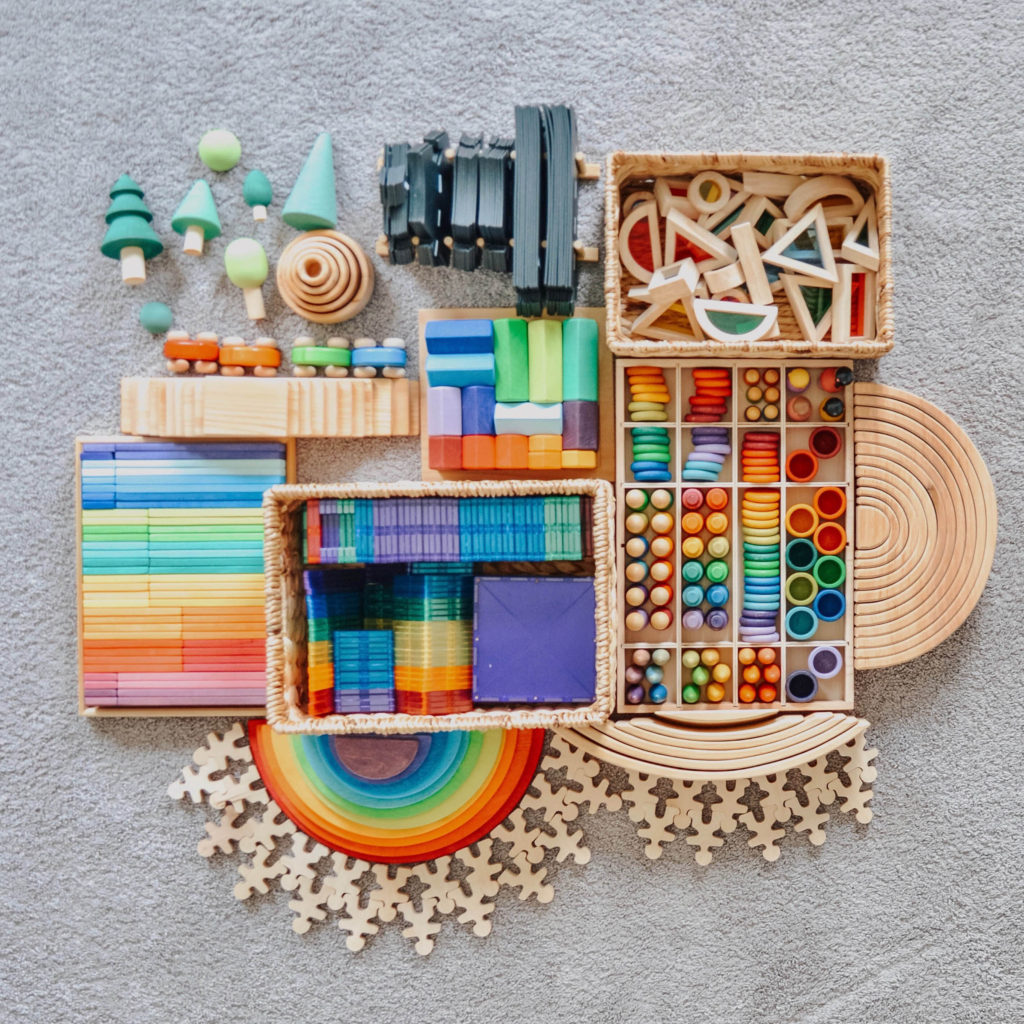
To start, you’re first going to need to assess the current toy situation. Go collect all the toys from around your house and put them in a common area. Overwhelmed? Then your kids probably are too when they go to play. So from here, you’re going to sort them into 3 piles.
- Toys that are either broken or that your kids have outgrown. Sell, give away or throw these out.
- Toys that you would never consider giving away, either because they hold sentimental value (eg. they were your toys as a kid) or because they are your kids’ absolute favorites.
- Everything else.
Now go through that third pile with a really critical eye. Are there unnecessary multiples? Have your kids not played with it in a really long time because their interests have changed? Do you think this toy will make the toy rotation cut after 4-6 weeks? If the answer is no, get rid of it now and start to simplify.
UTILIZE TOY ROTATIONS
Next, you’re going to implement toy rotations. To do this, put everything in the two keep piles away (we use these bins for storage), except for approximate 4-15 toys, depending on the number of kids in your home. 3-4 toys per kid is a good place to start. This is going to give you a better idea of what toys are actually being played with and what toys are just taking up space and causing a mess. Do this for 4-6 weeks, rotating toys every 1-2 weeks. At the end of the 6 weeks, take all the toys that never made it out/were forgotten about/ or never got played with, and donate or sell them. The exception here is the sentimental toys. If those never made it out or have been forgotten, decide if you’re okay with them being packed away until there is another kid or until you have grandkids one day; or if they would be better used by someone close to you who has kids. Aren’t you feeling lighter and less overwhelmed already?
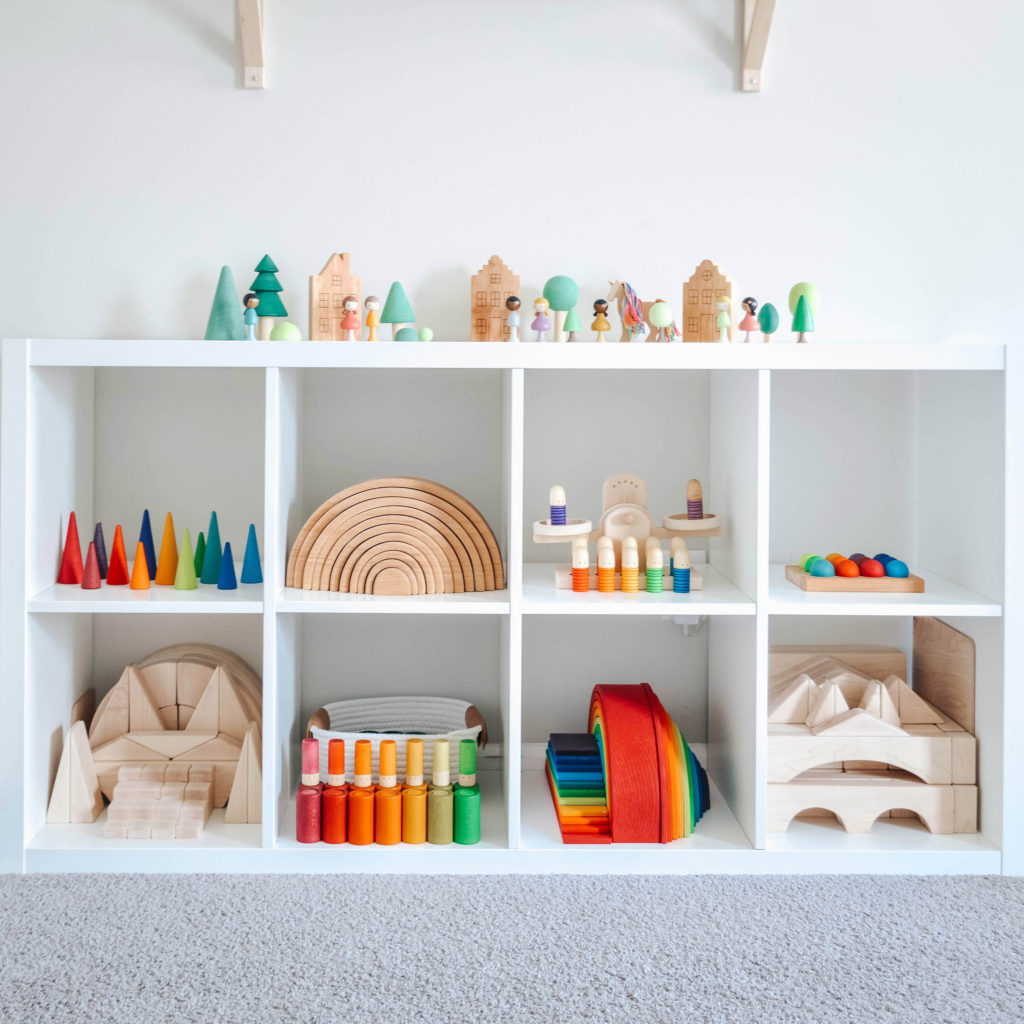
BUYING NEW TOYS
Now, which toys got a lot of play? Which toys were they begging you to take out? Which toys were never put away during those 6 weeks? Those are the toys you need to look into finding open ended options for first. If there are no alternatives (because it’s the beloved paw patrol collection for example) that’s okay. Work to find toys that they can use in conjunction with those favorites, like a stacking rainbow, bridges, or blocks that they can use to build a lookout tower.
Repeat, repeat, repeat. Slowly over time, you can add more toys to your collection, by looking for the favorites, finding open ended alternatives and then REPLACING. This is key. Don’t just add the new toys to the pile, actually get rid of the close ended or unused toys, while you’re thinking about it. Sell those toys on Facebook Marketplace to pay for new ones.
Sometimes you’re going to get rid of or sell 3-5 toys and you’re only going to replace them with 1, that is okay. Your kids don’t require a ton of toys to have fun, that is one of the benefits of open-ended play.
Around here, I am always assessing what toys are being asked for and which ones are getting played with- even our open ended toys. Sometimes a toy that was super popular and recommended by a ton of people in the wooden toy community just doesn’t jive with my kids. That’s okay. Chances are it’s still in great condition and I can sell it at or close to what I paid for it (search for wooden toys b/s/t groups on facebook to get the most bang for your buck on resale).

COLLECTION COMPLETE
Here’s the kicker, once you feel like your kids have a great collection (minimal or not) STOP BUYING TOYS. Use birthdays, Christmas and special occasions to gift experiences, save up for a big ticket item, or take a family vacation. Don’t just buy “stuff” for the sake of buying stuff. That’s how playrooms fill up and become overwhelming to kids and parents alike.

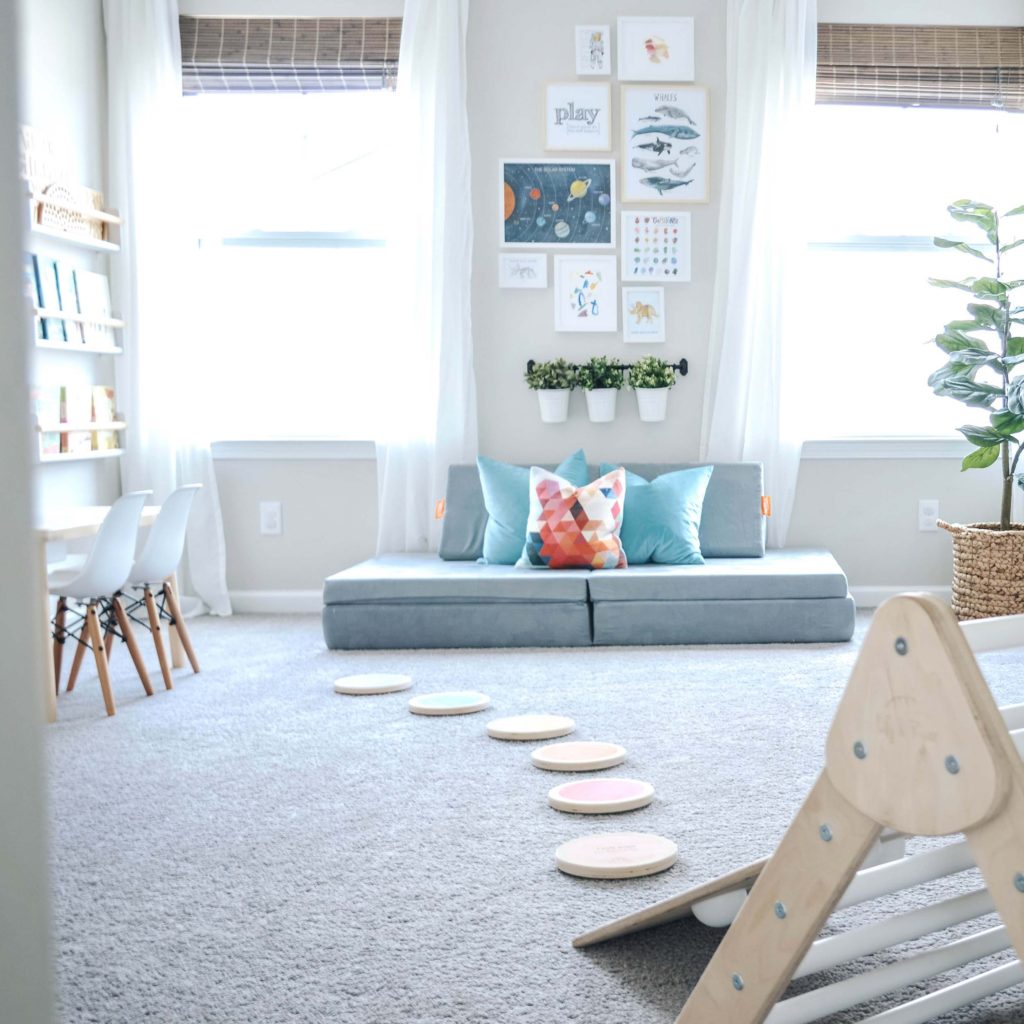
So what do you think? Was this helpful? What actionable step stood out the most to you? I’d love to hear your thoughts.
And as always, happy playing!
This post contains affiliate links. Thank you for supporting what we do!

